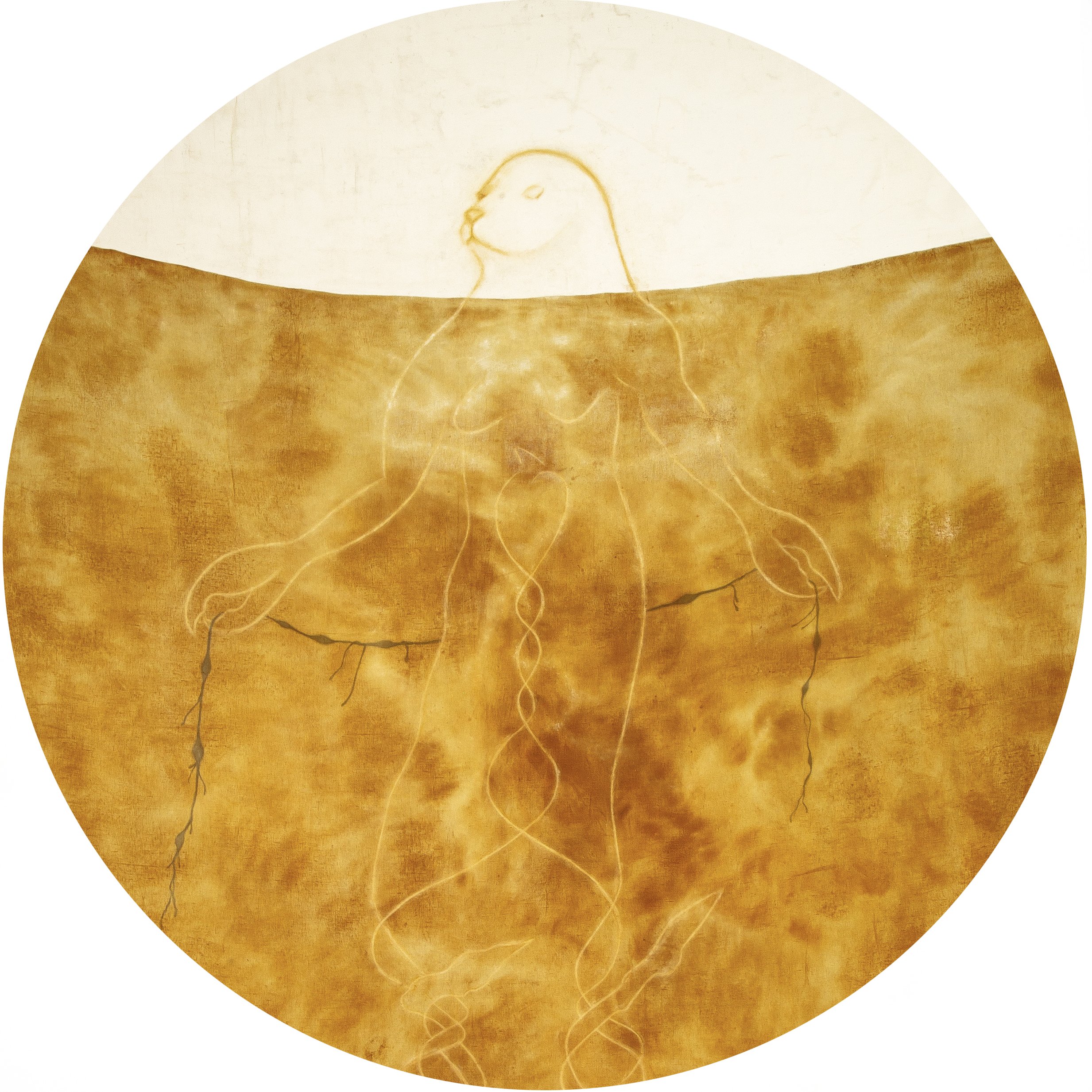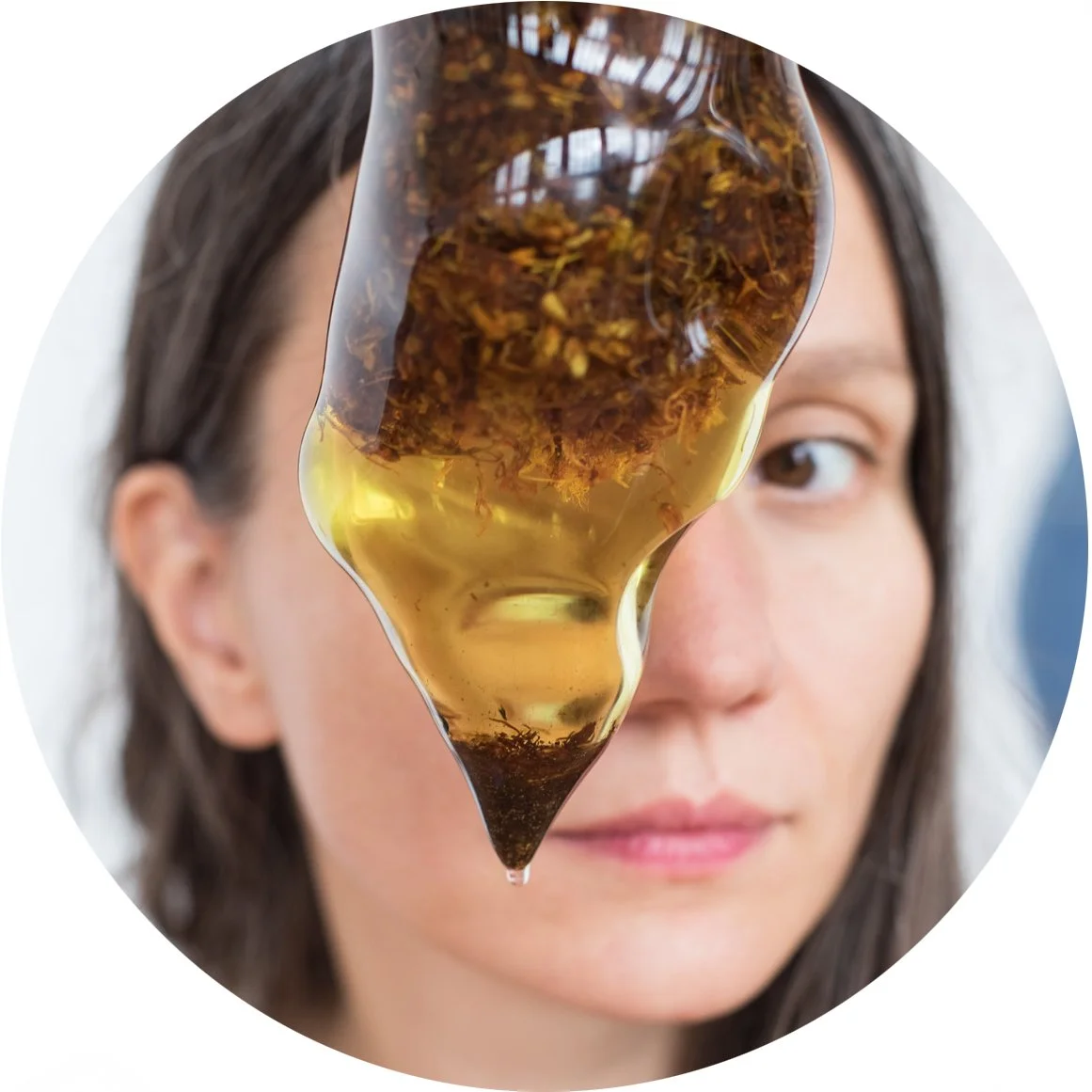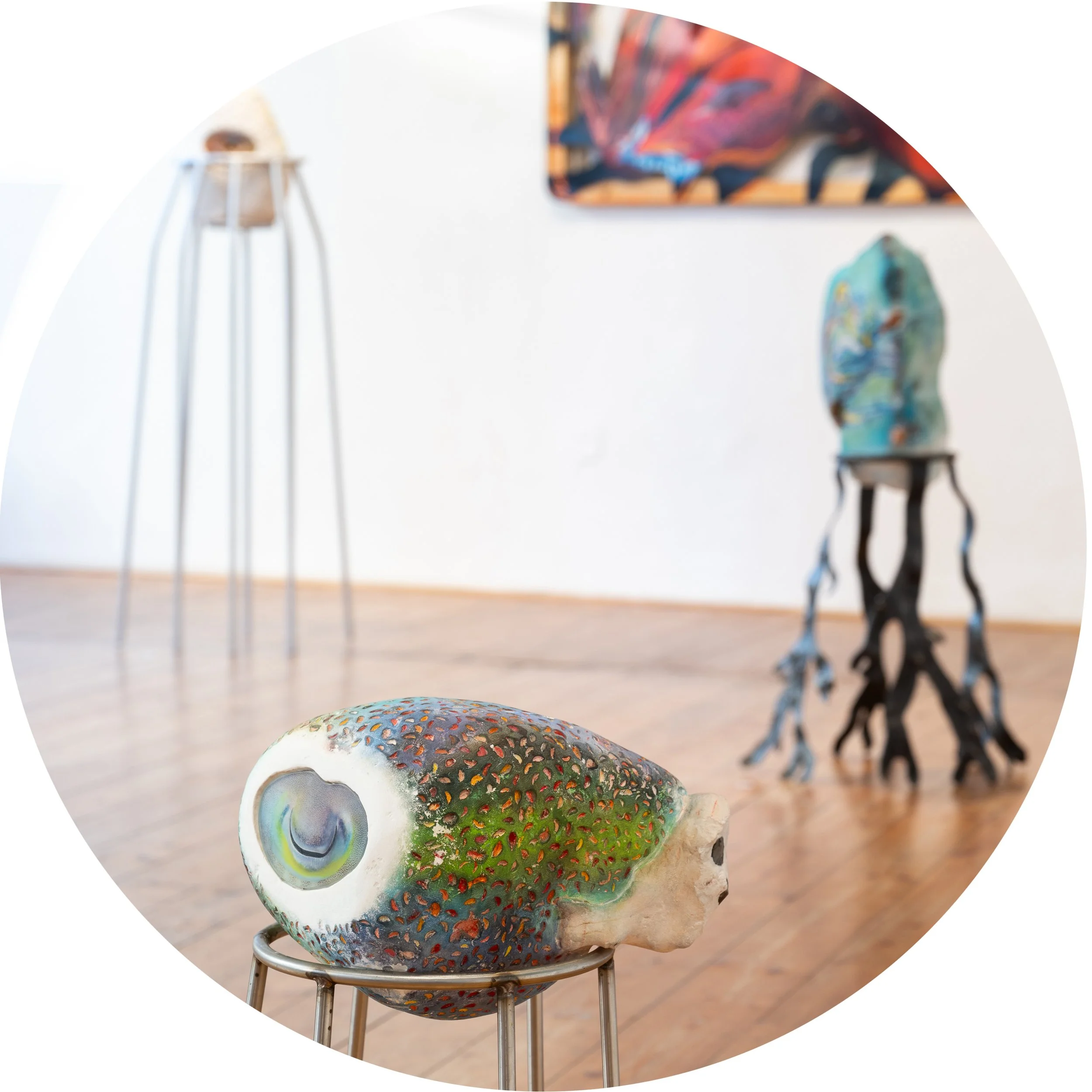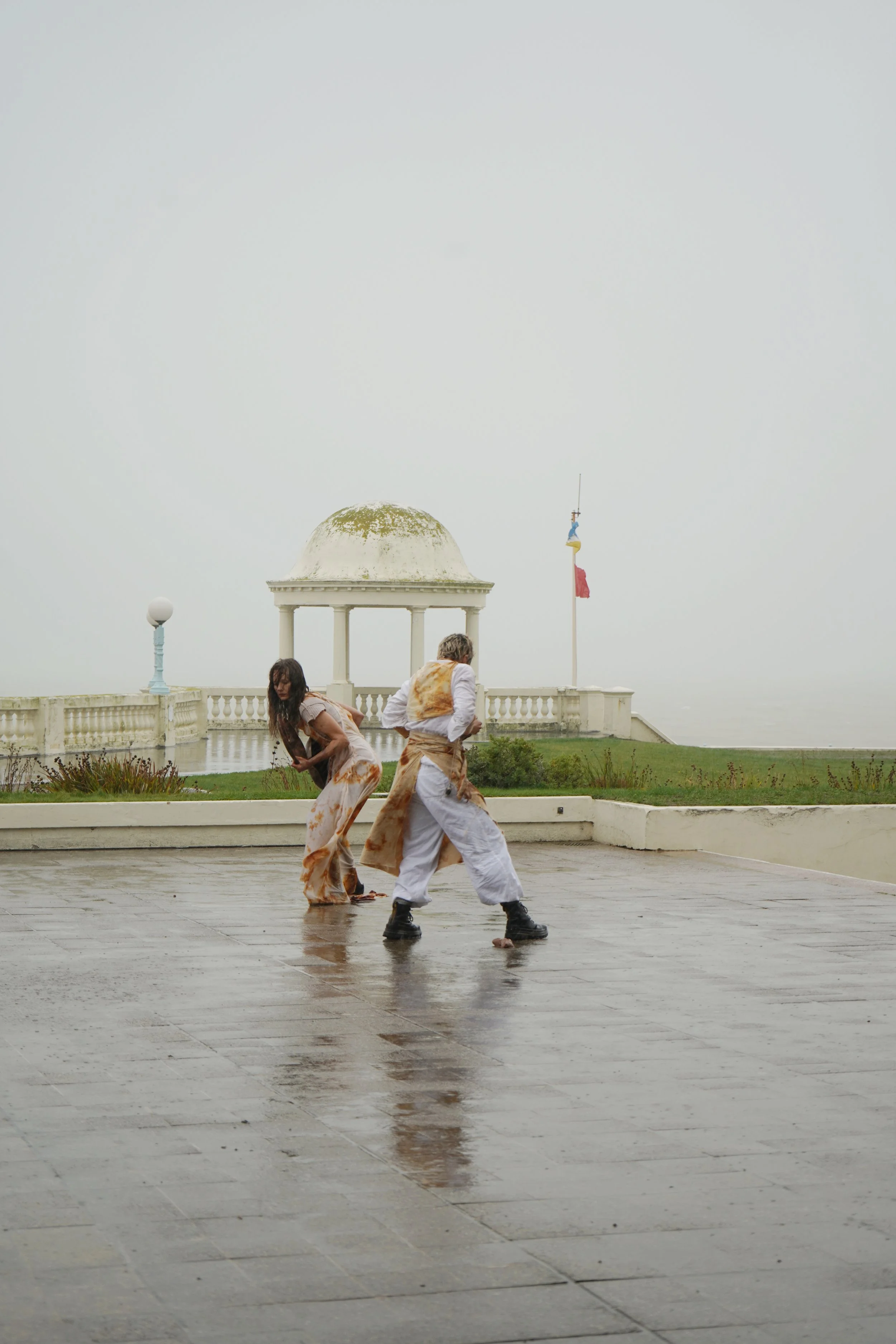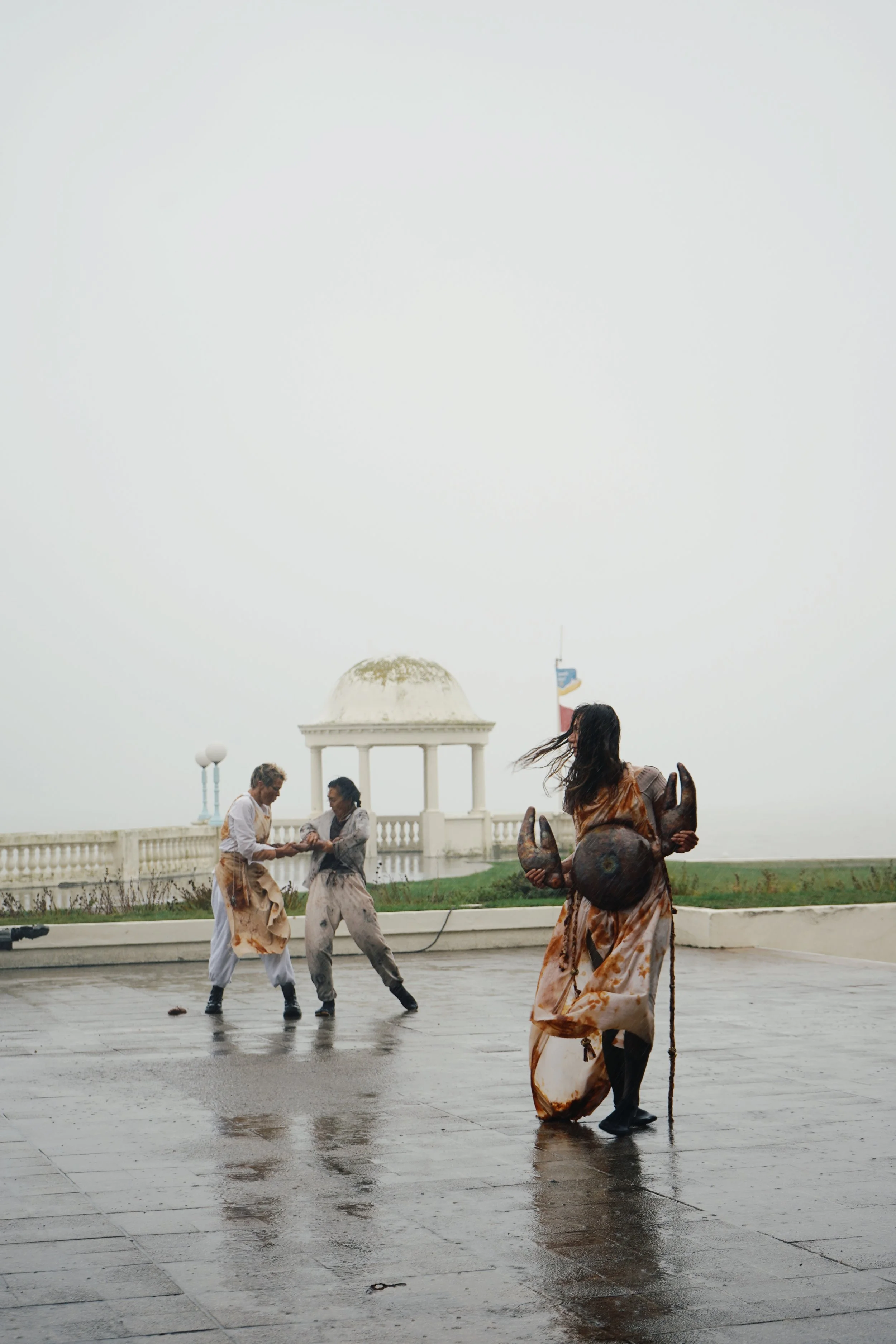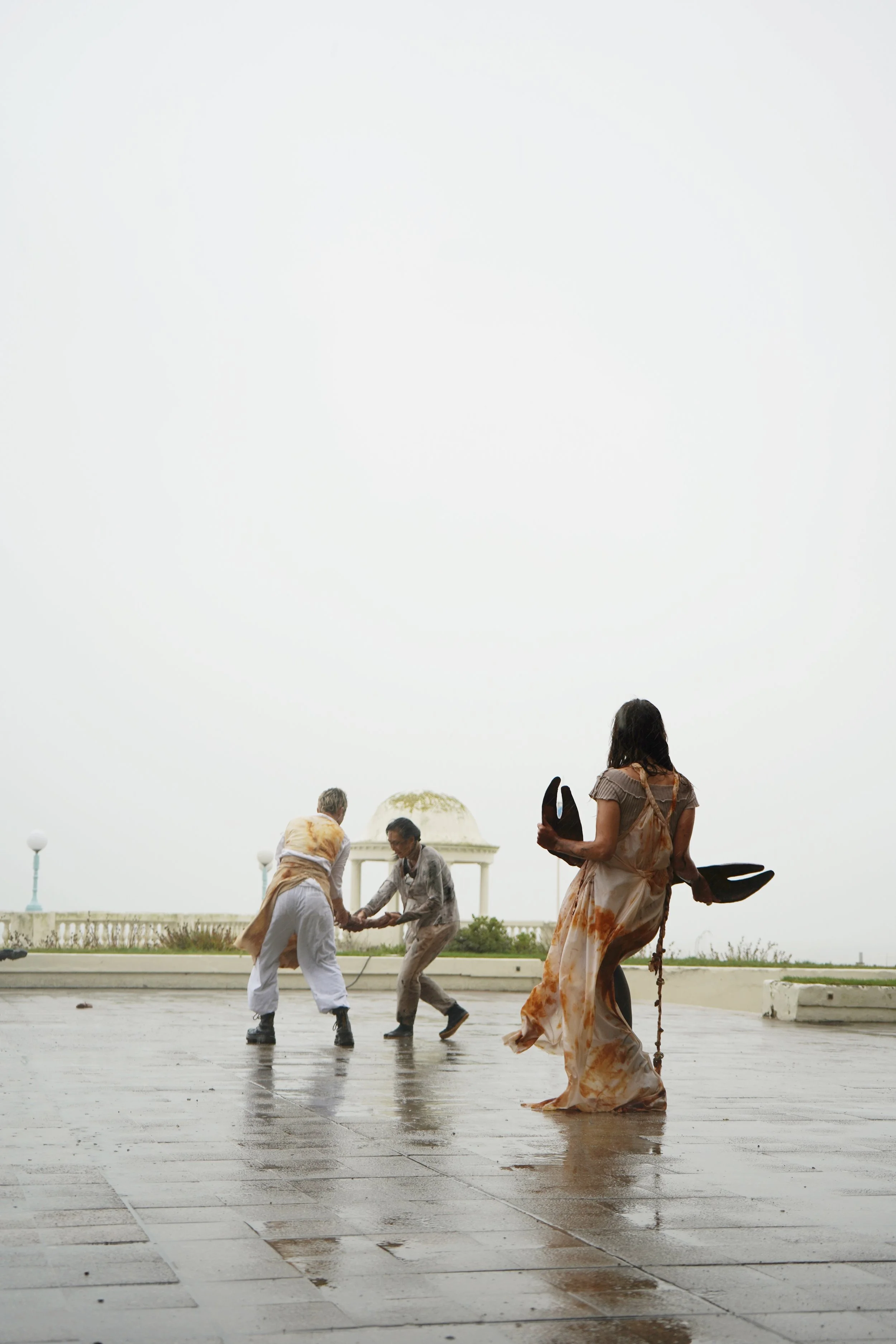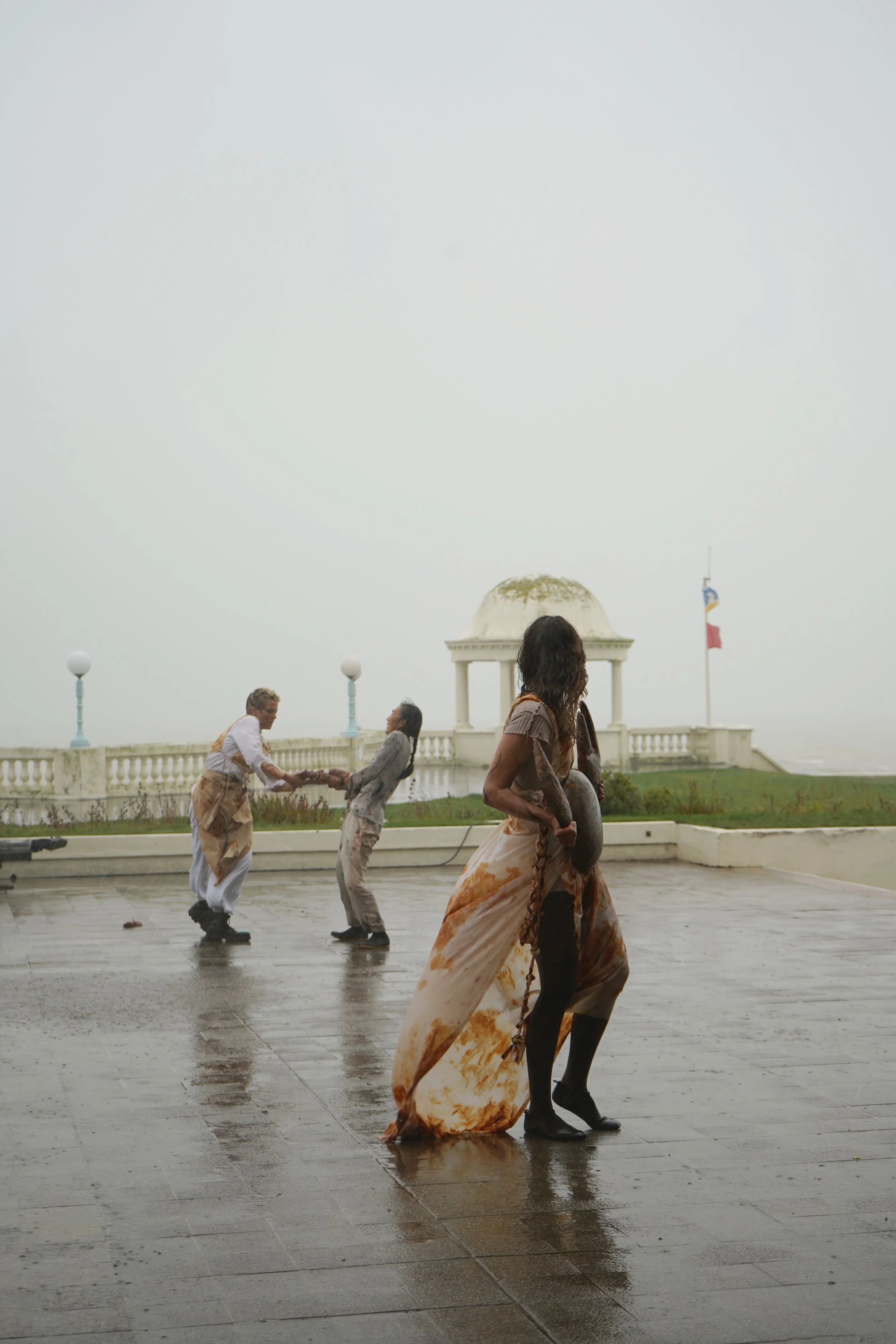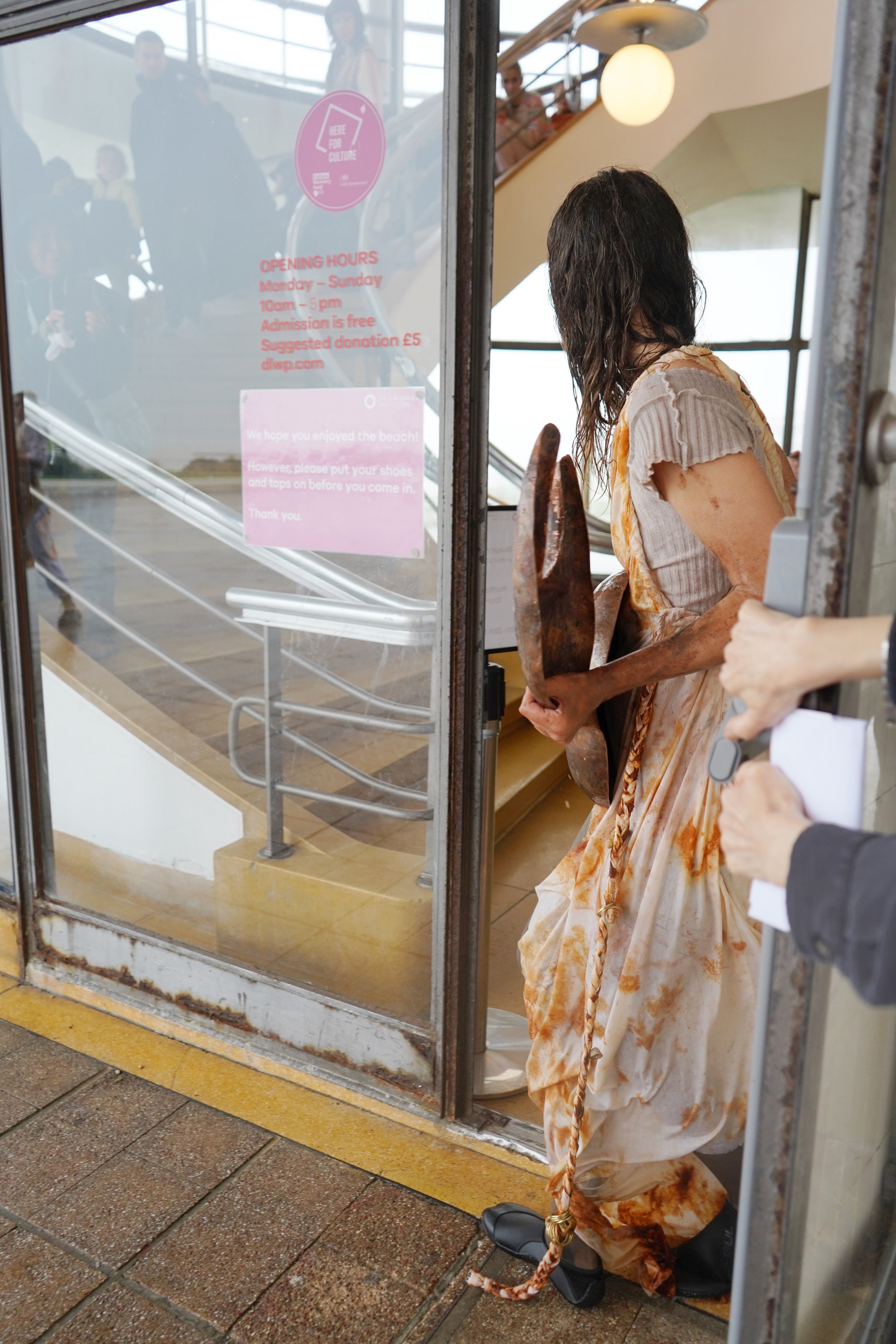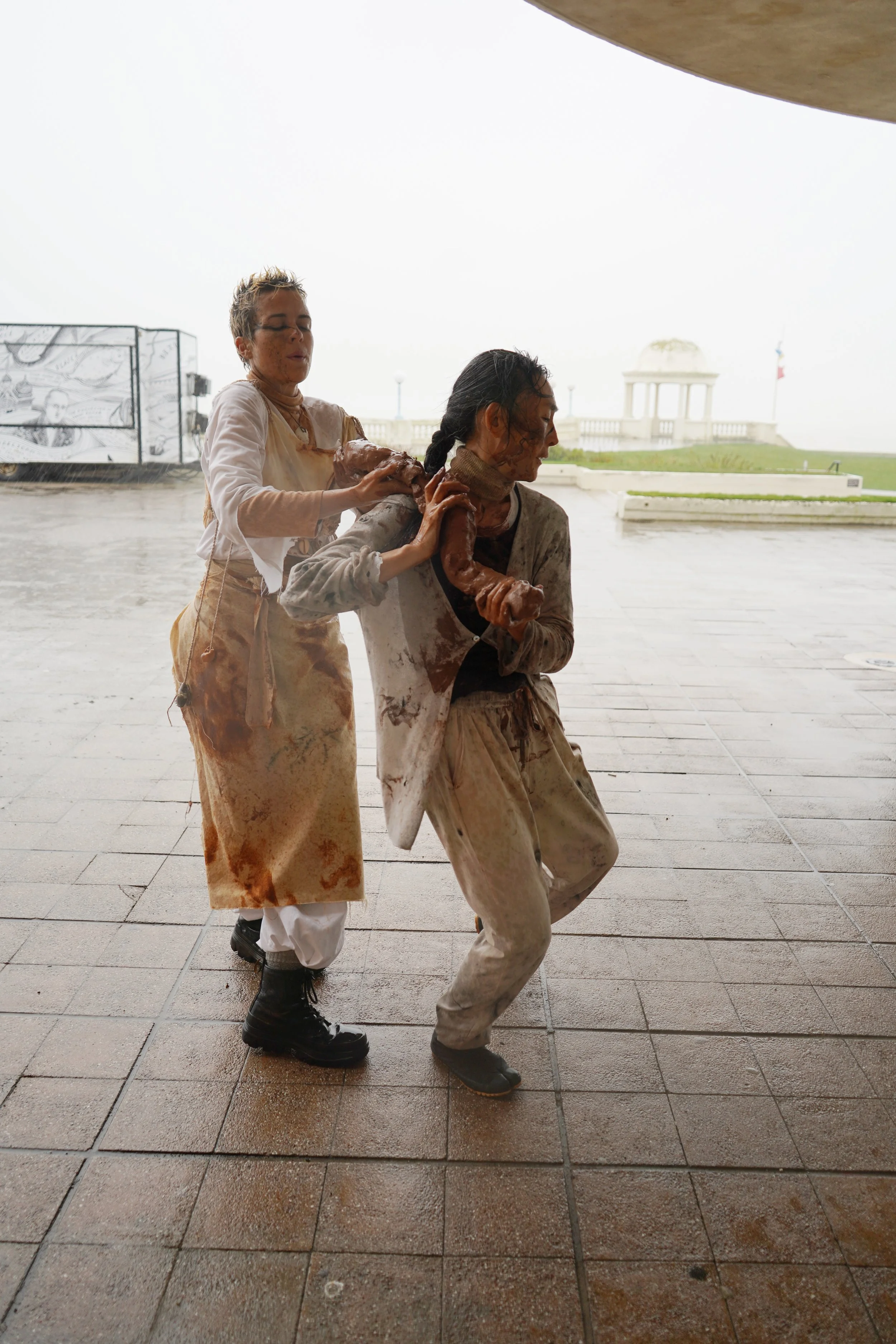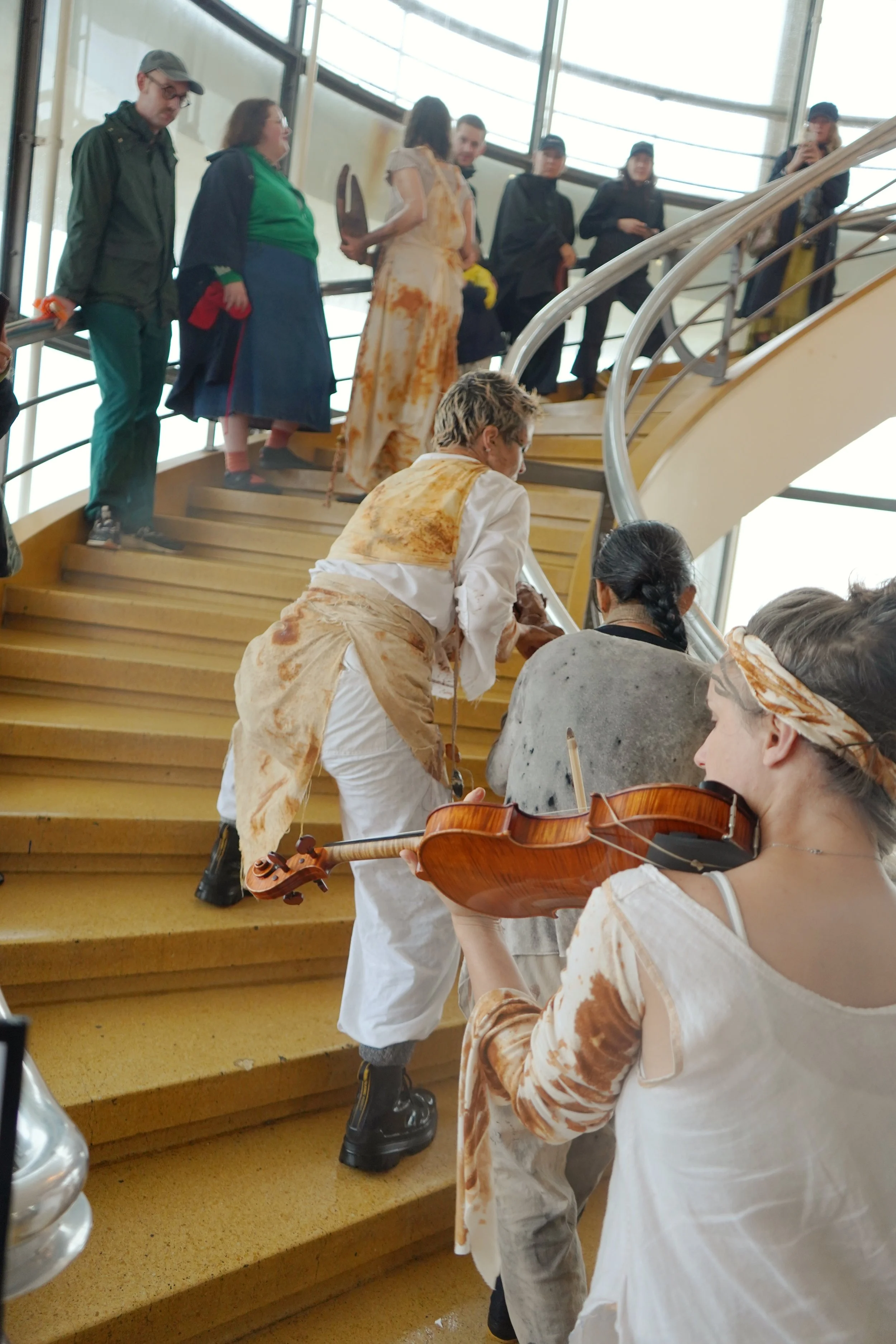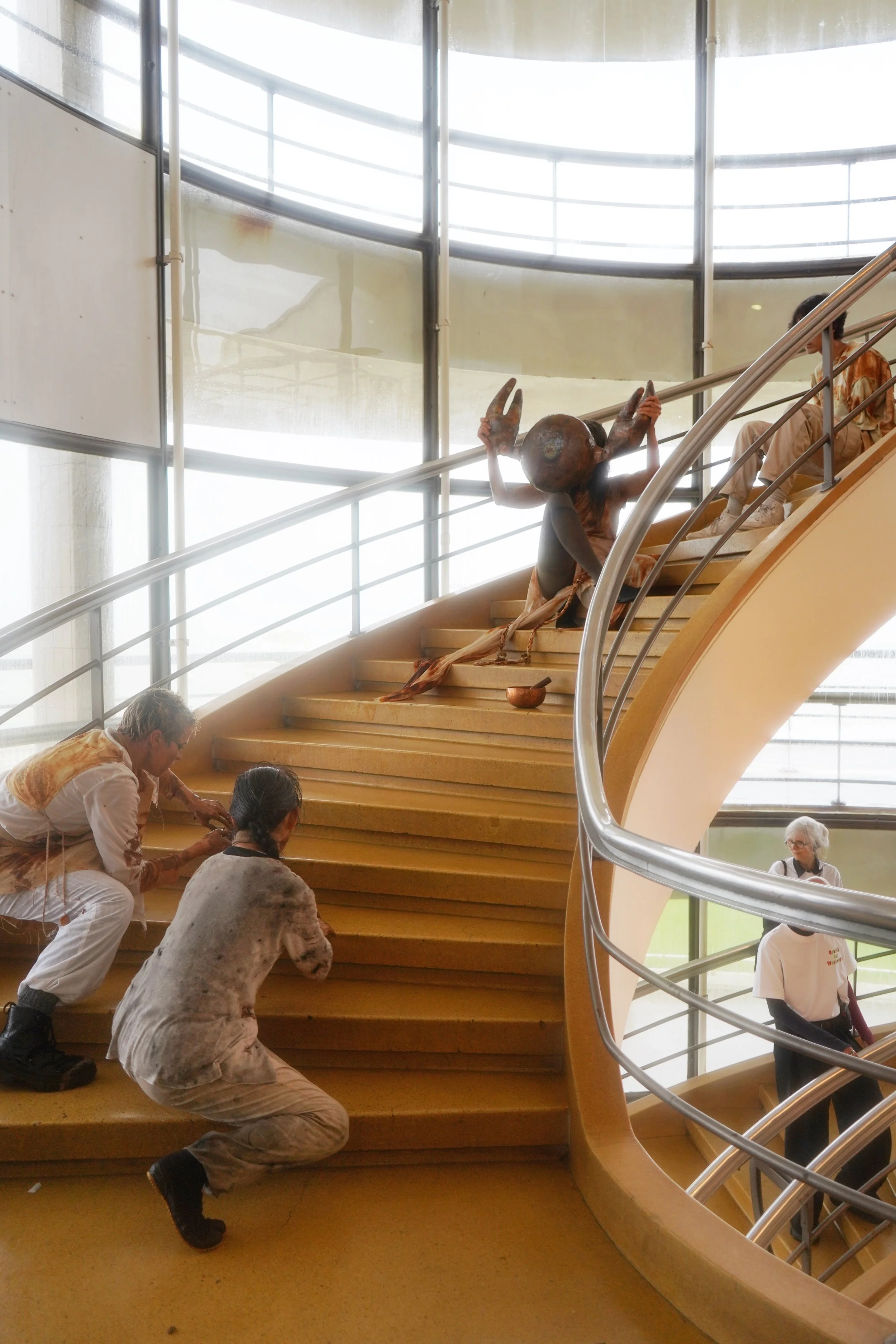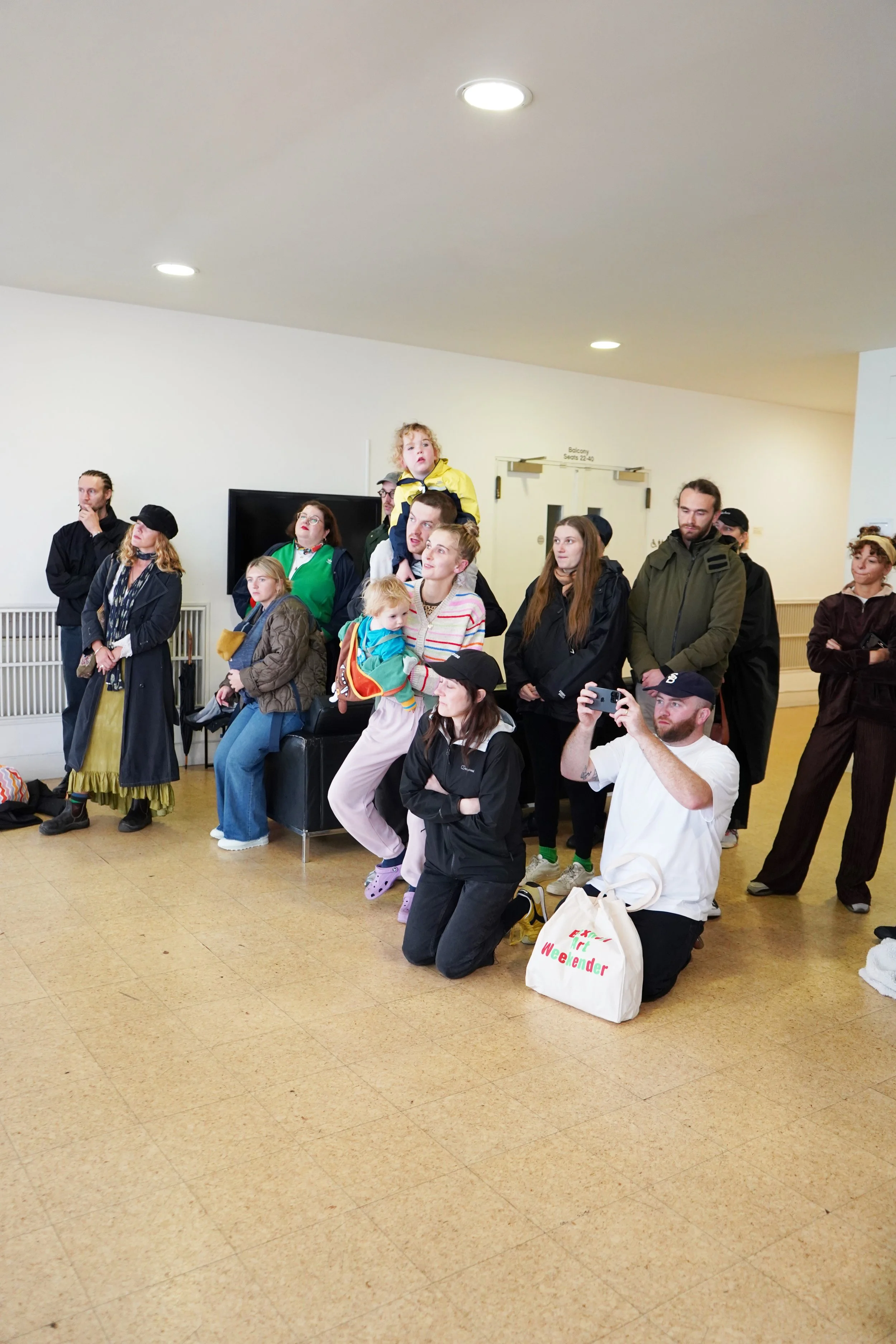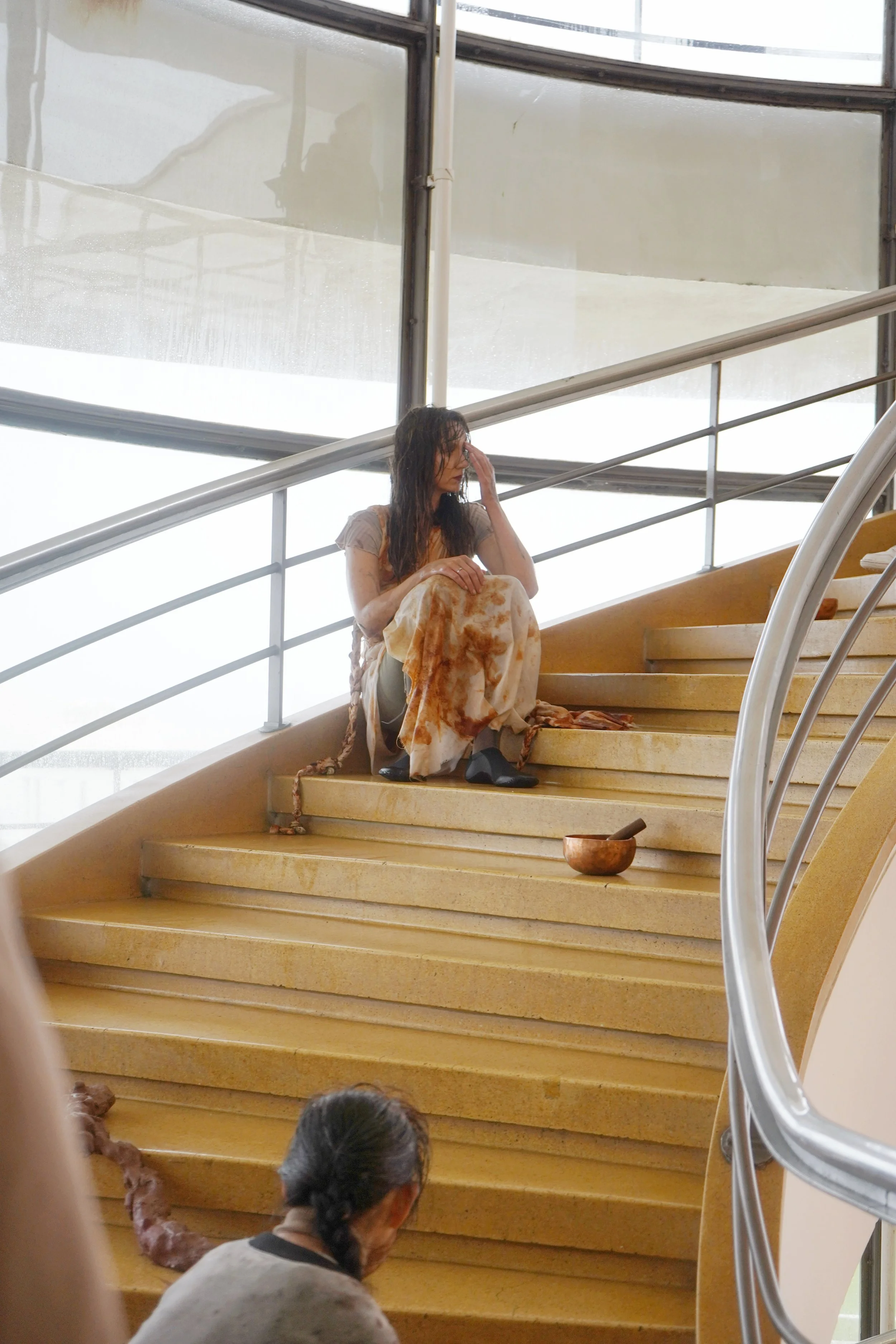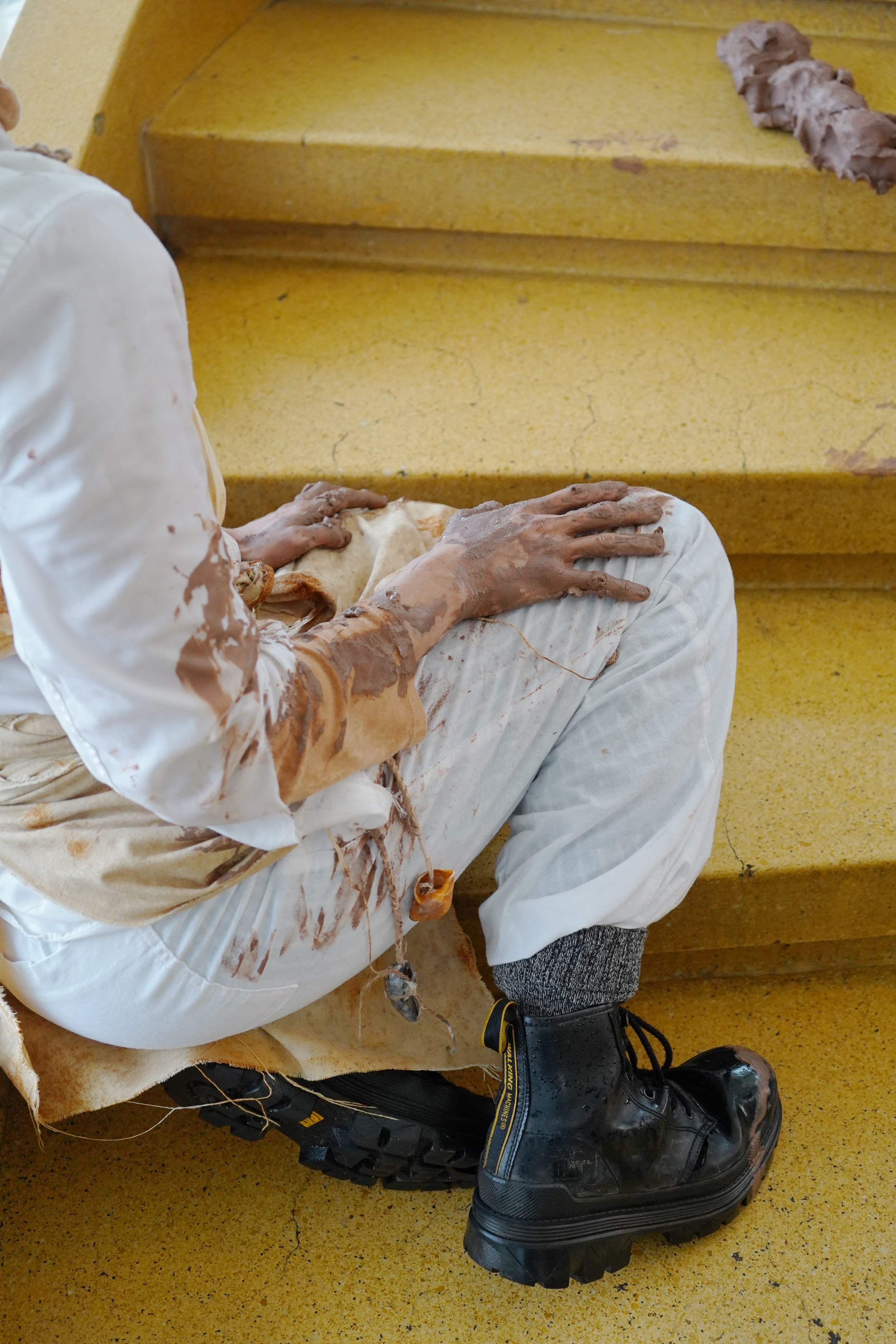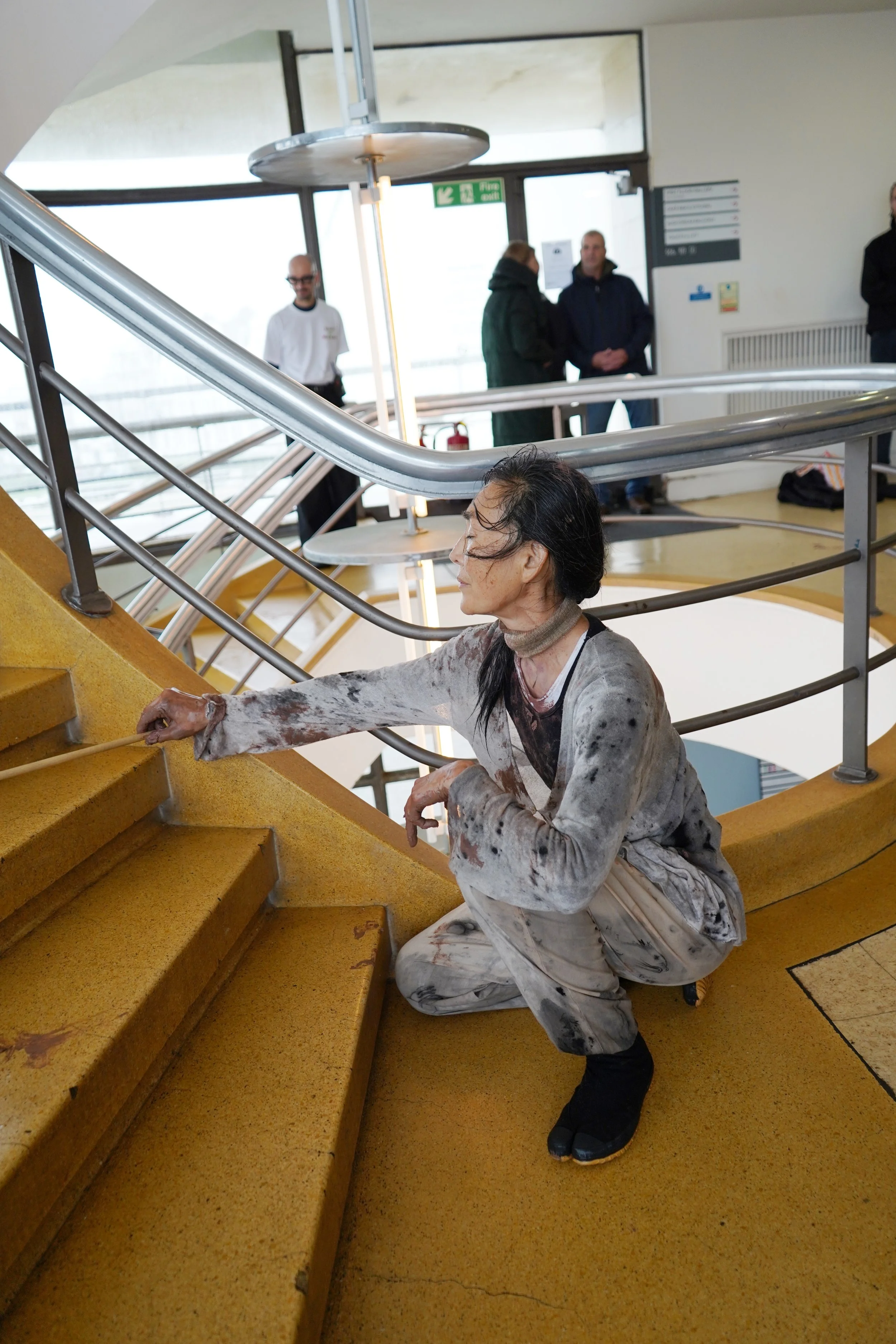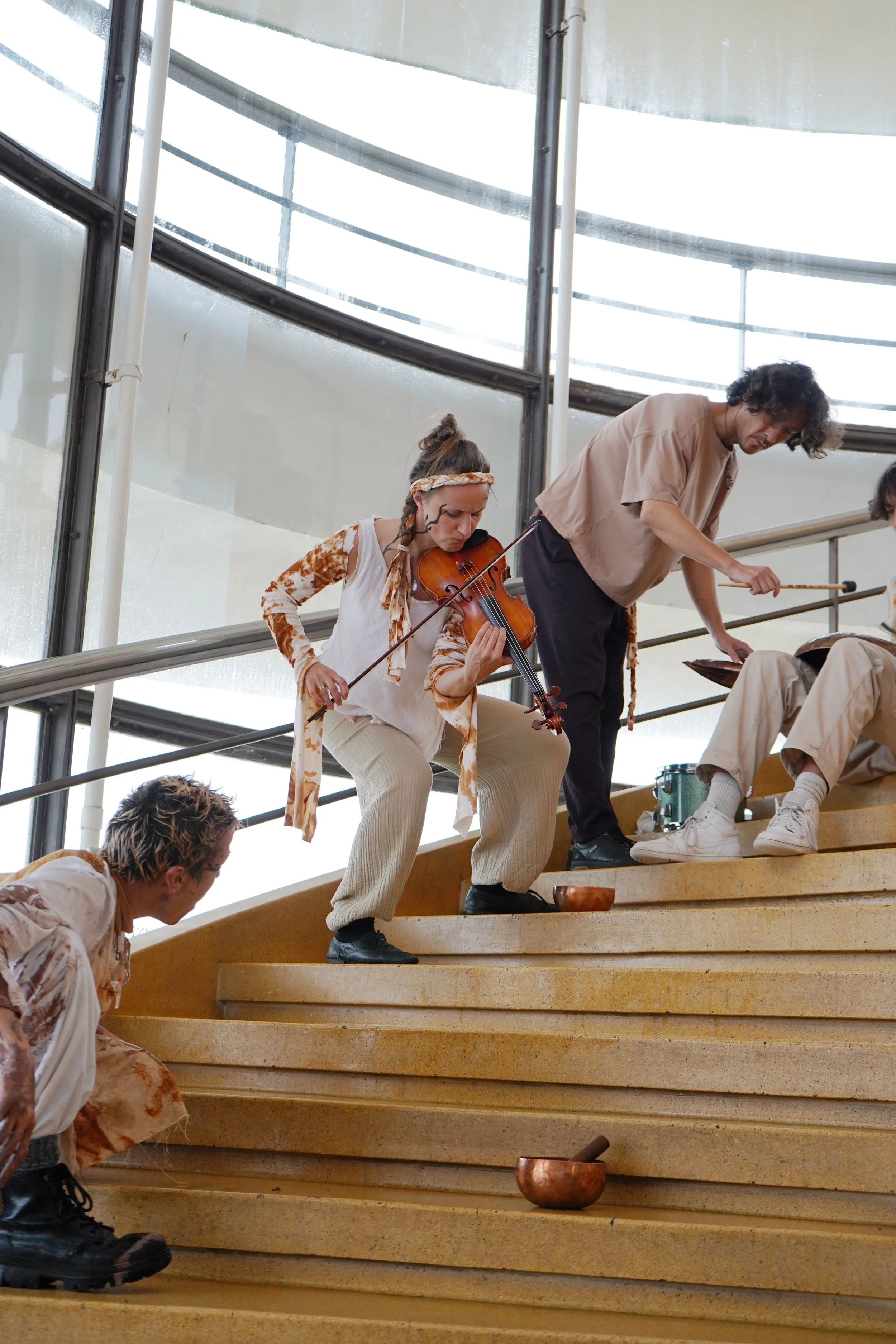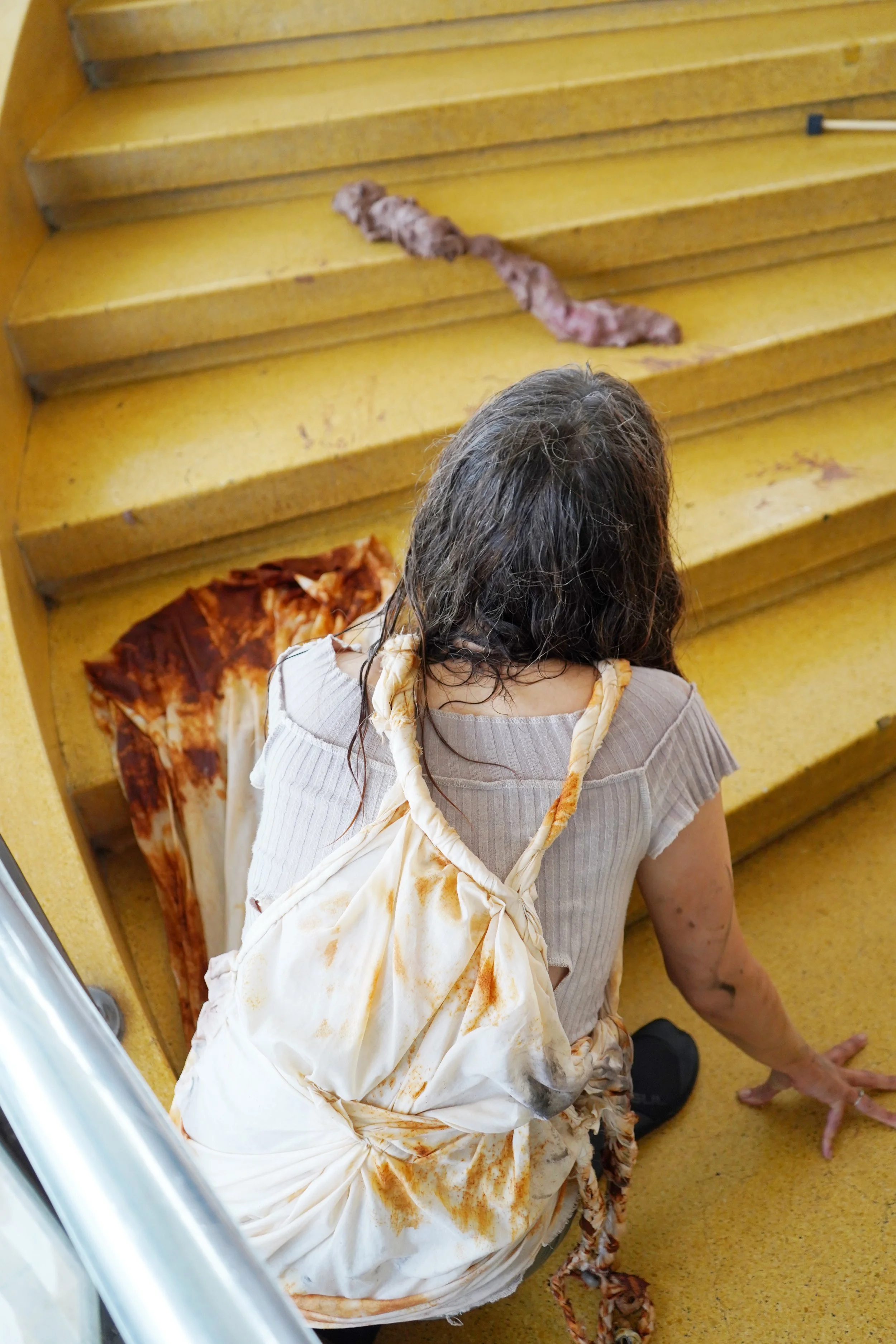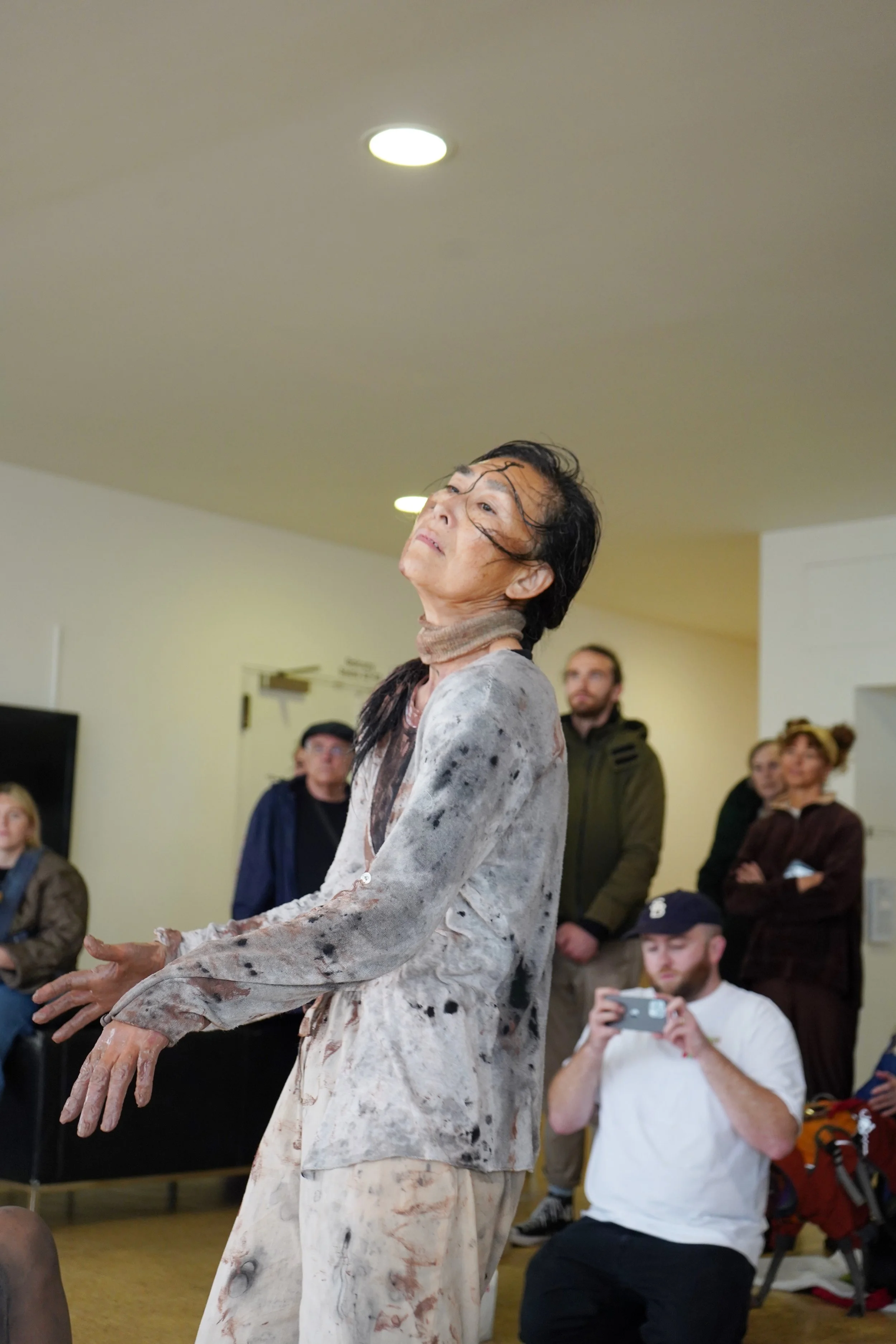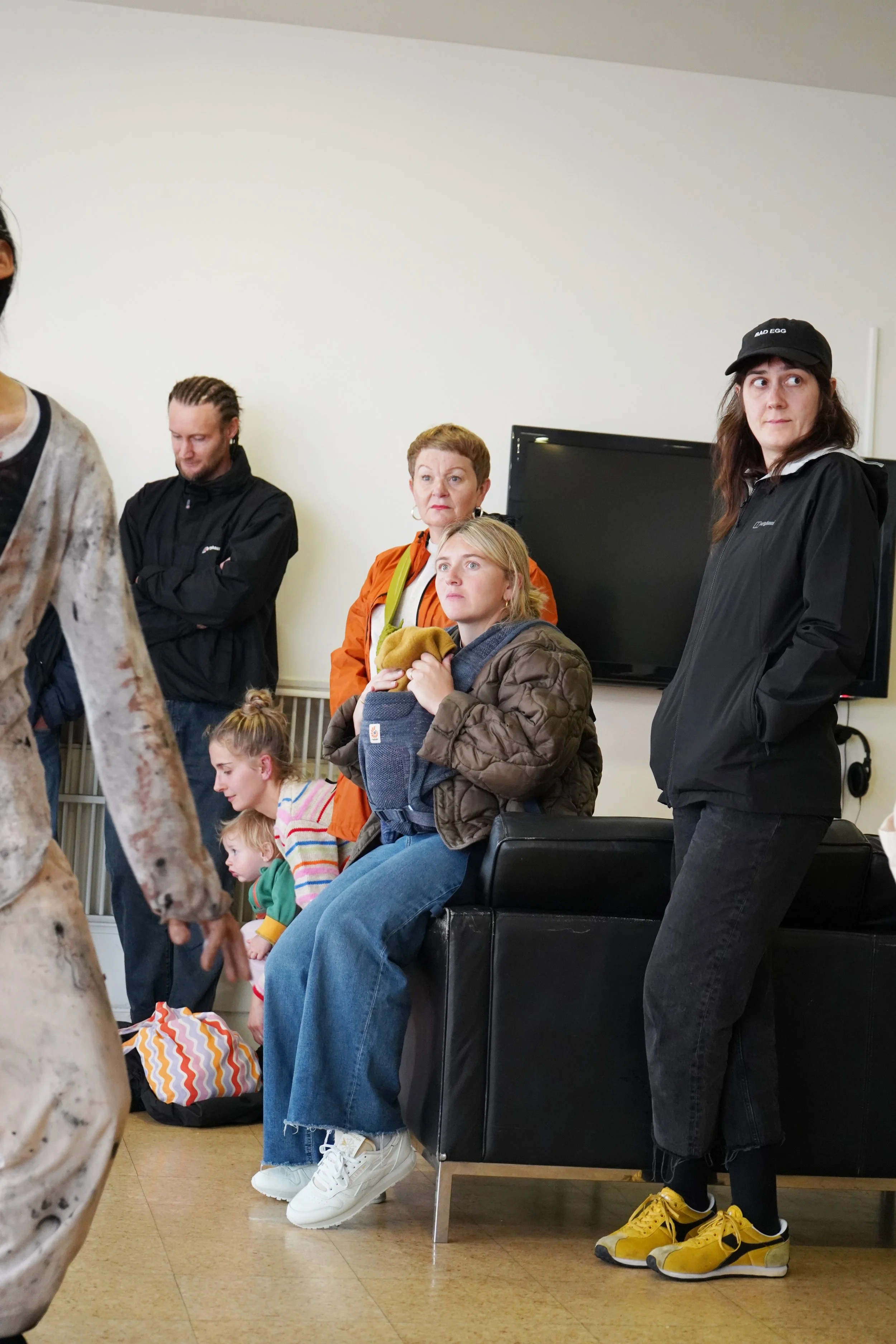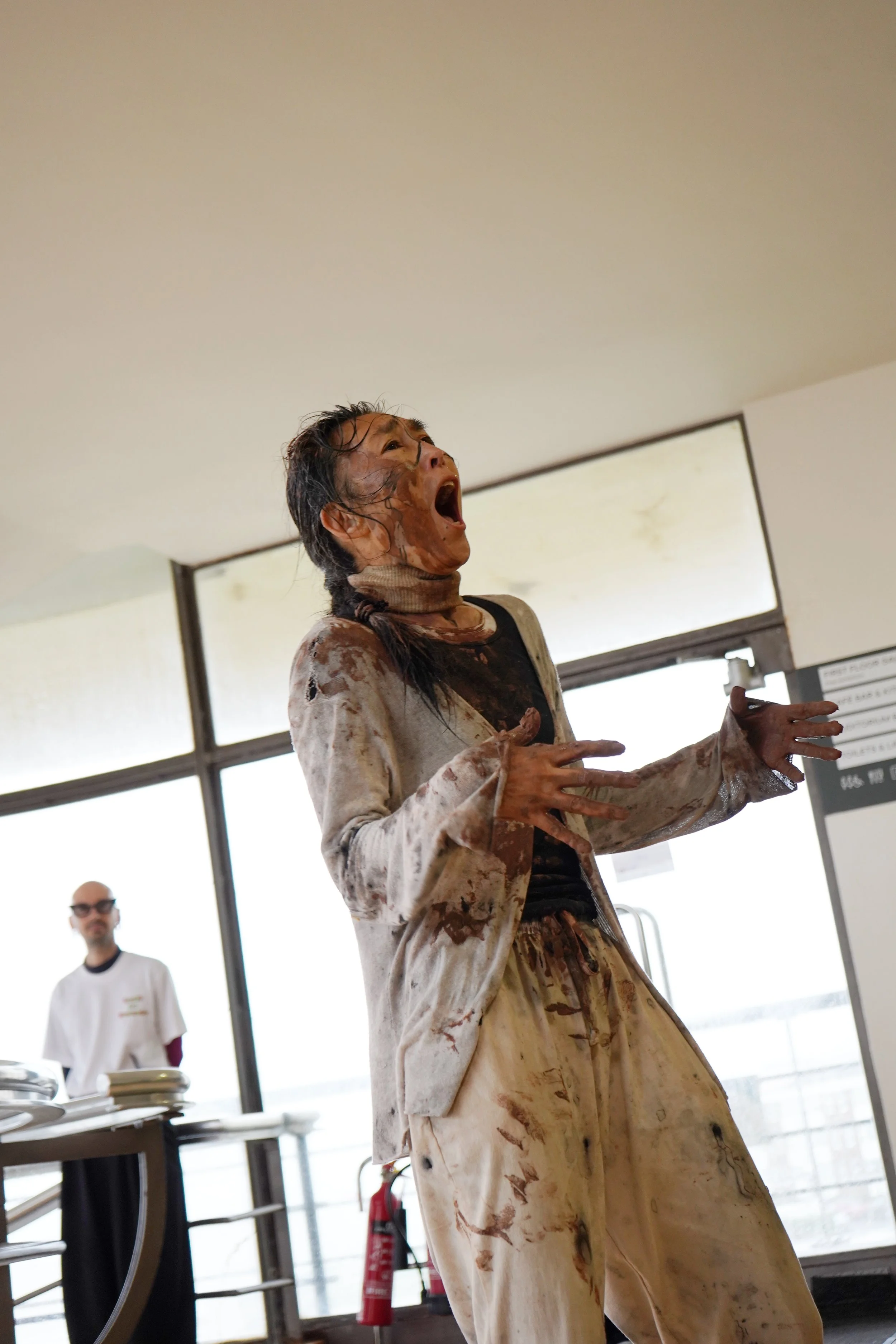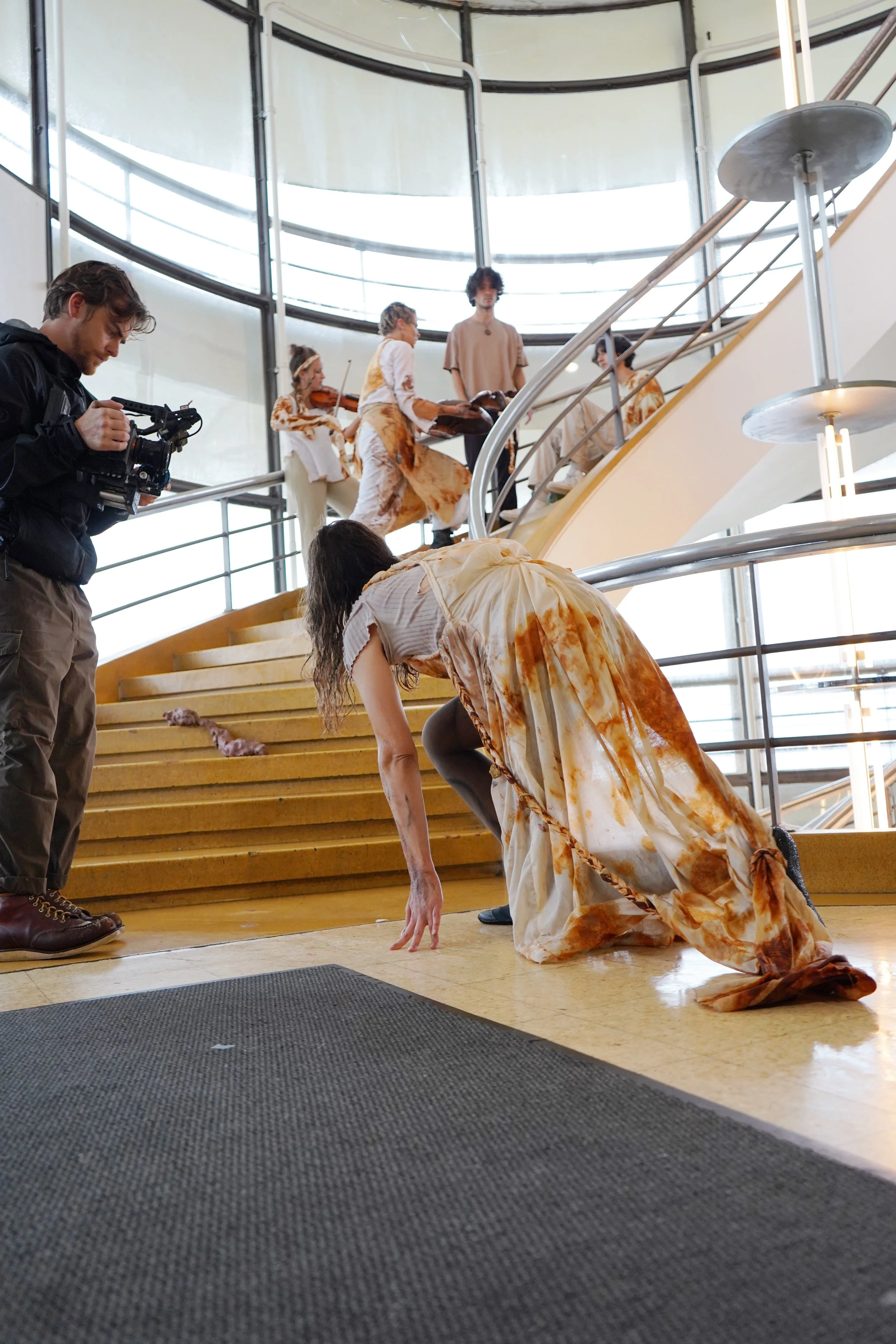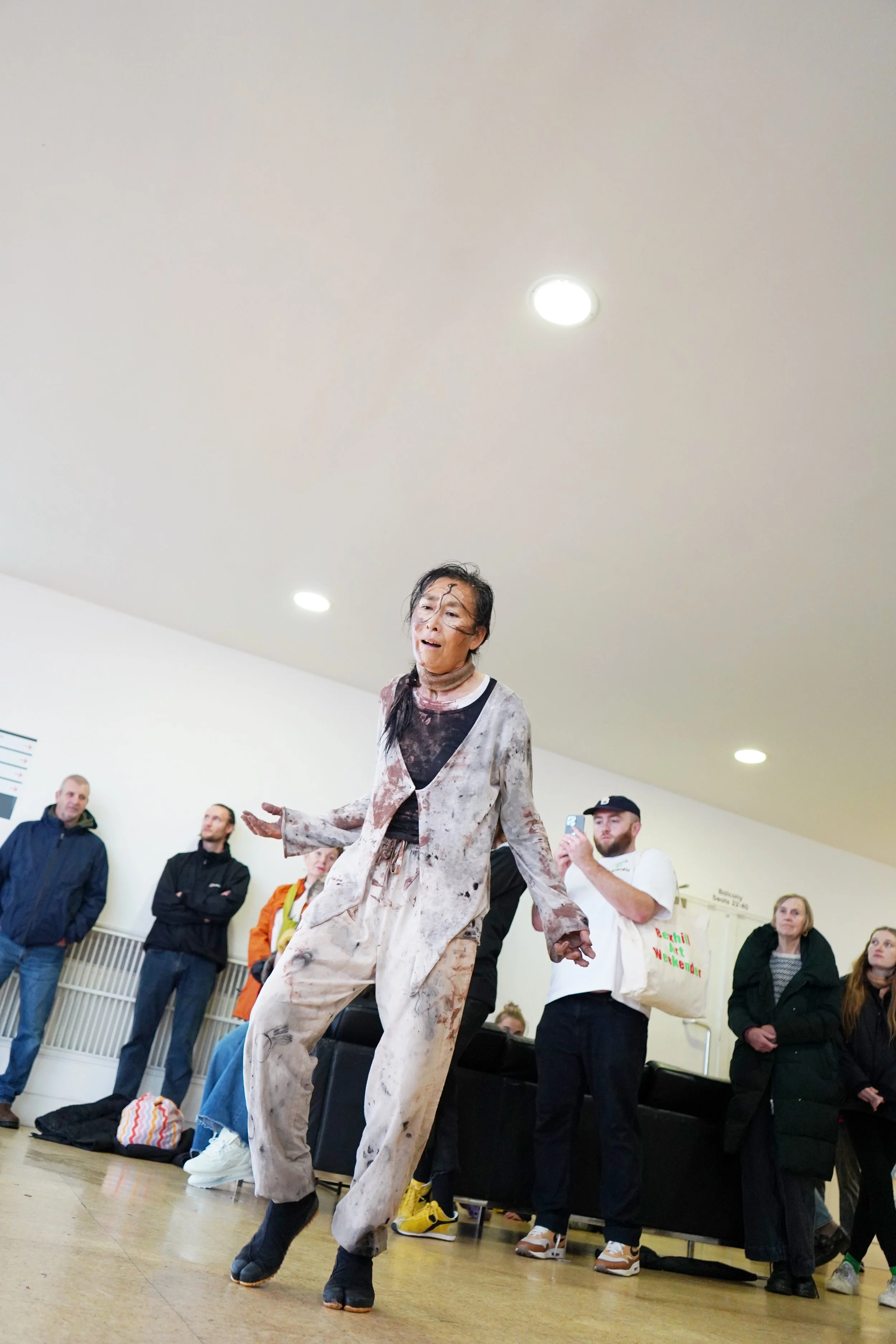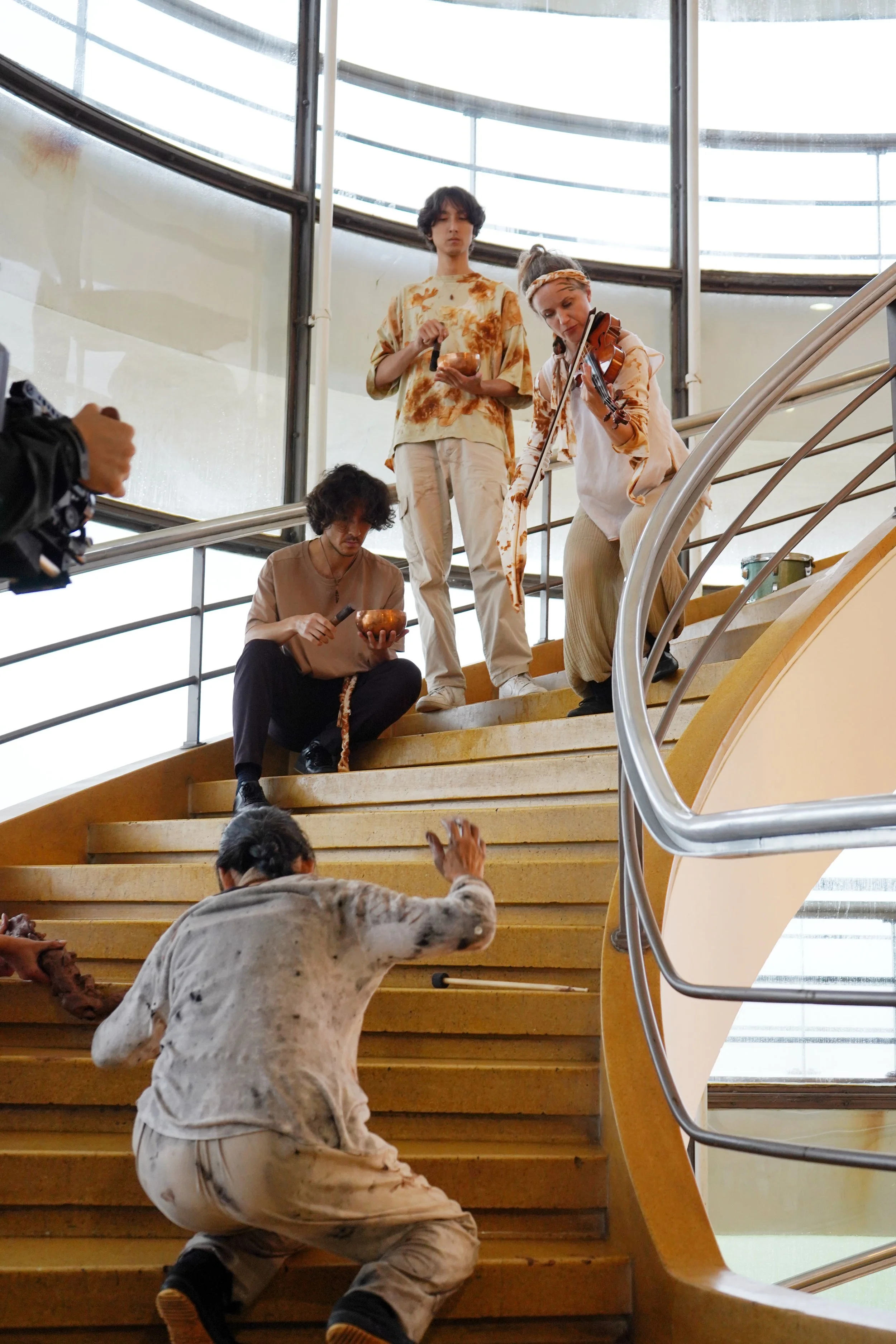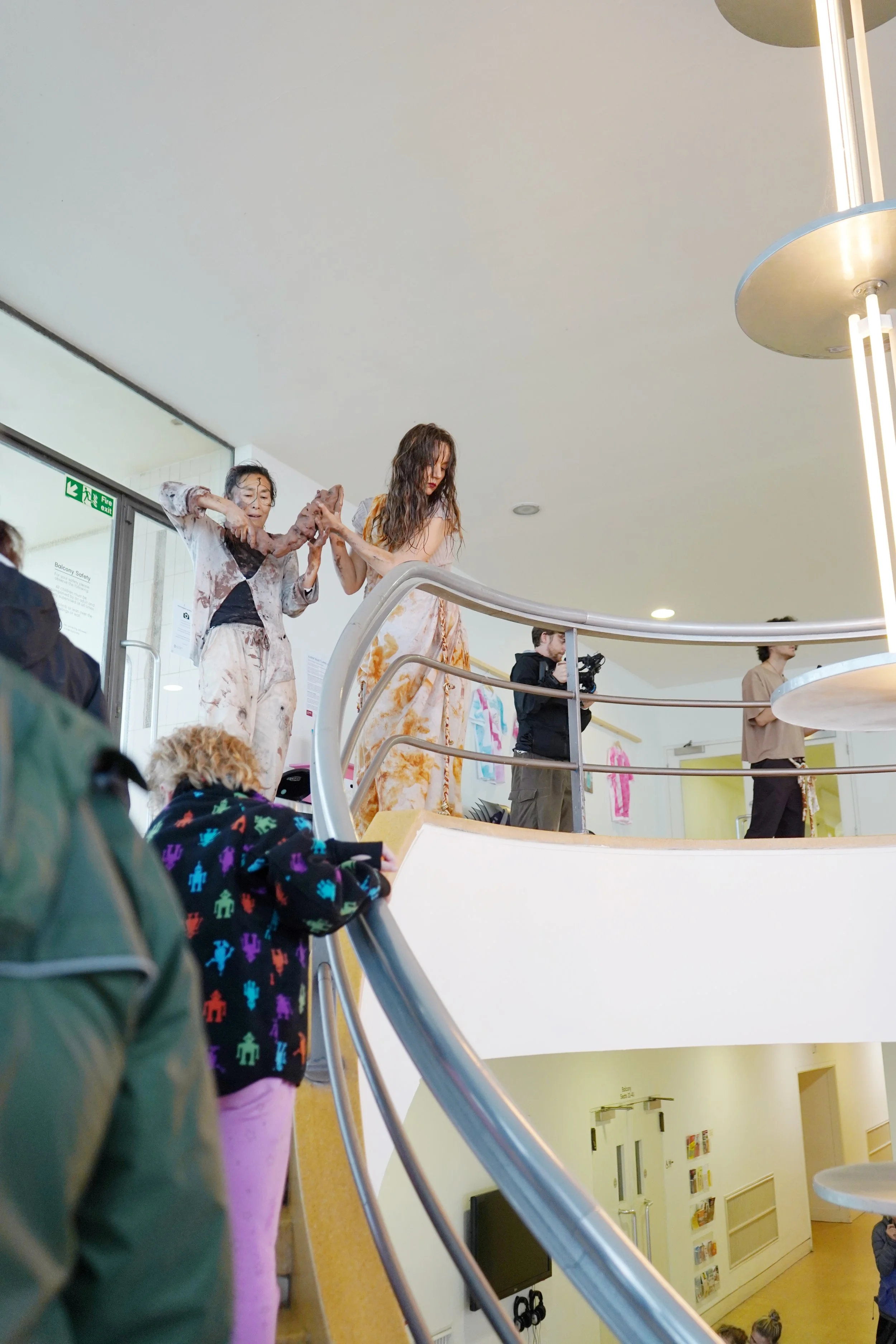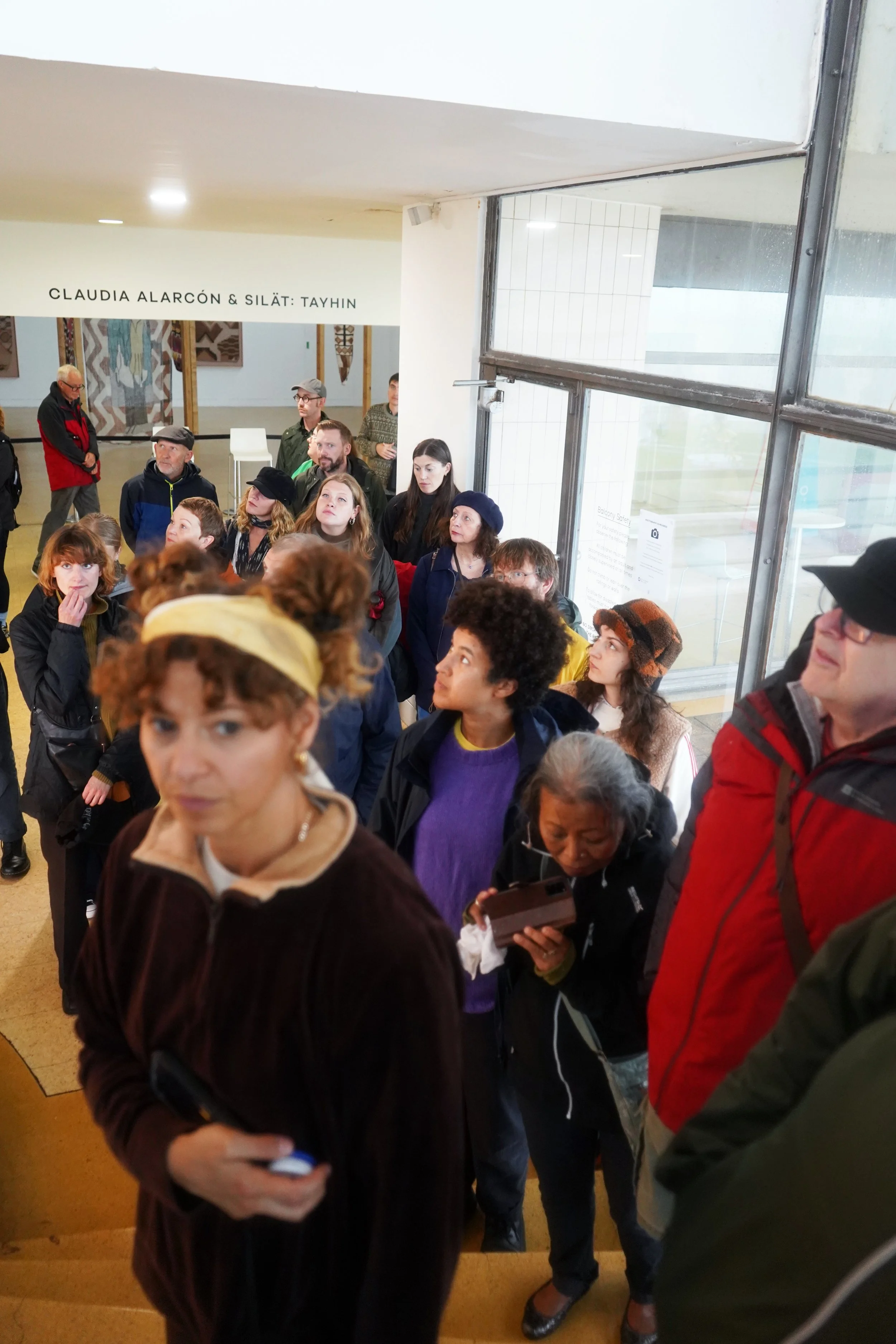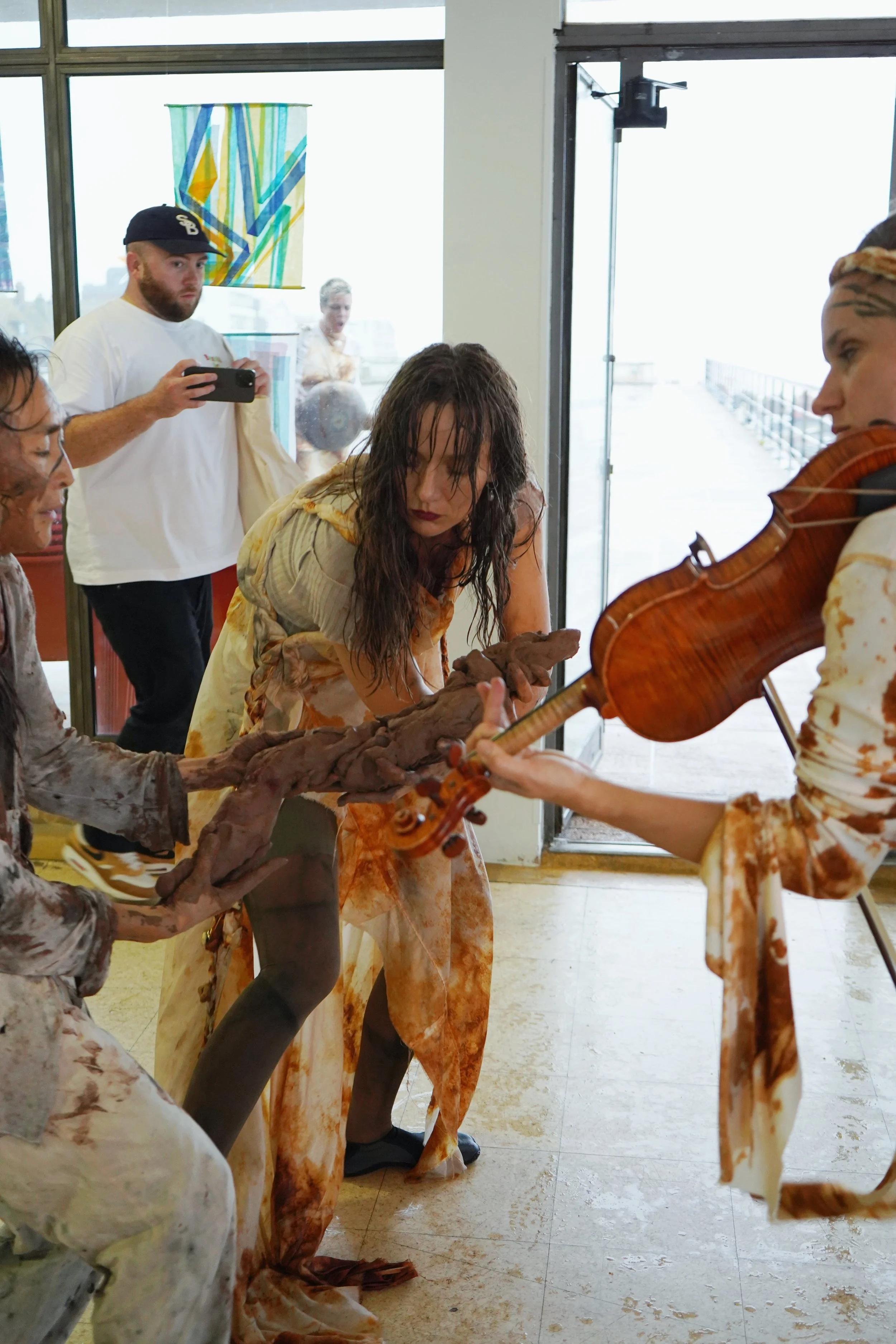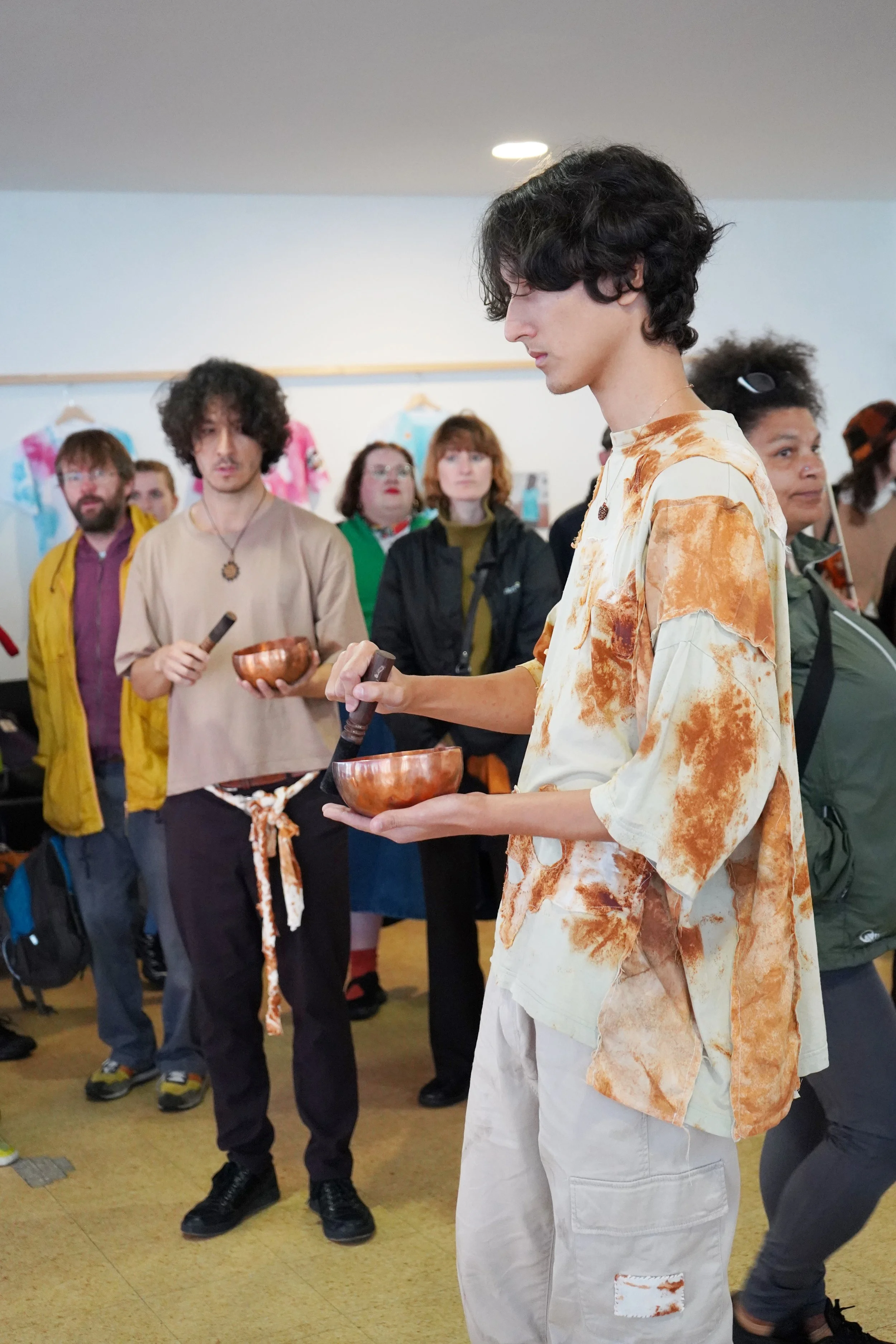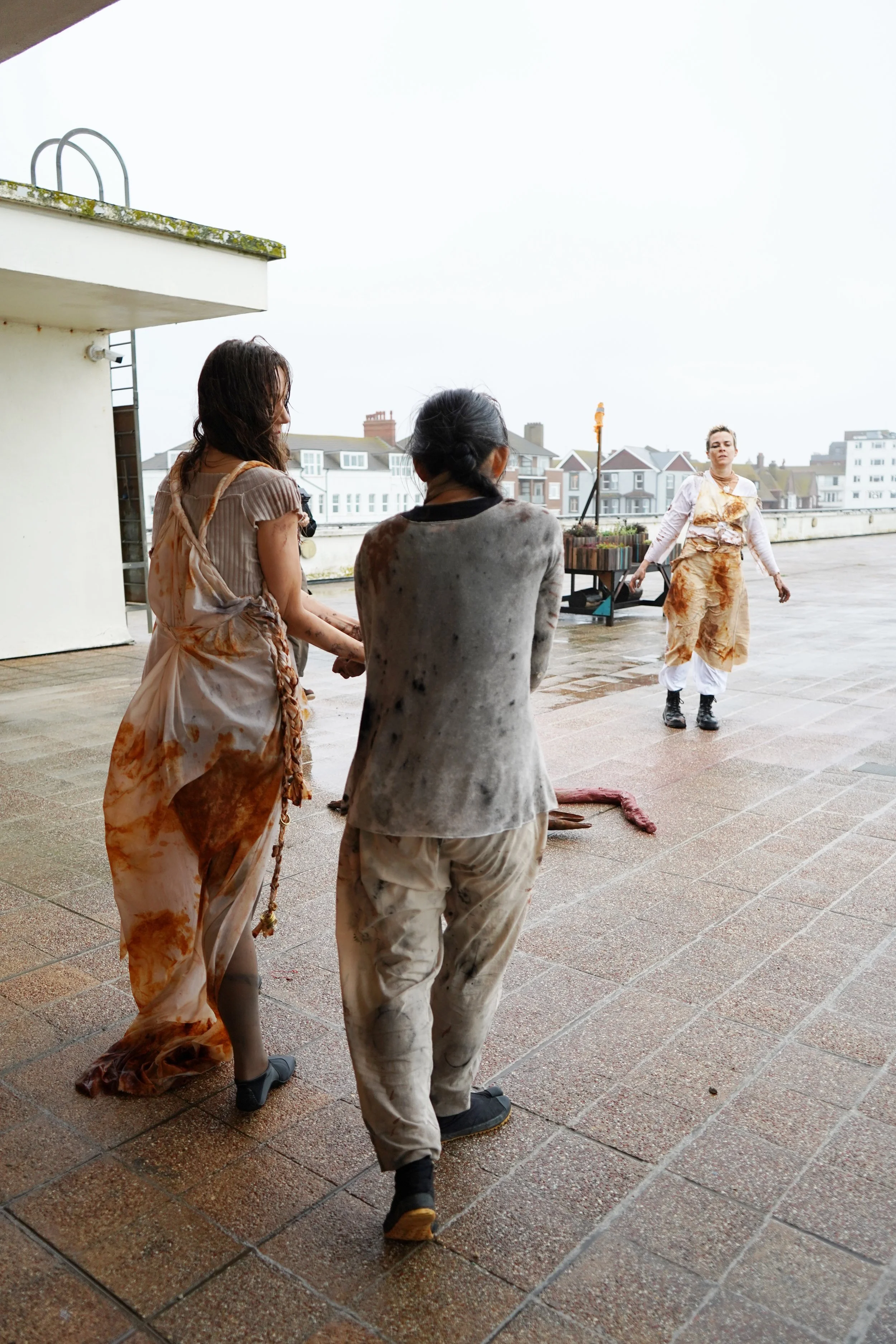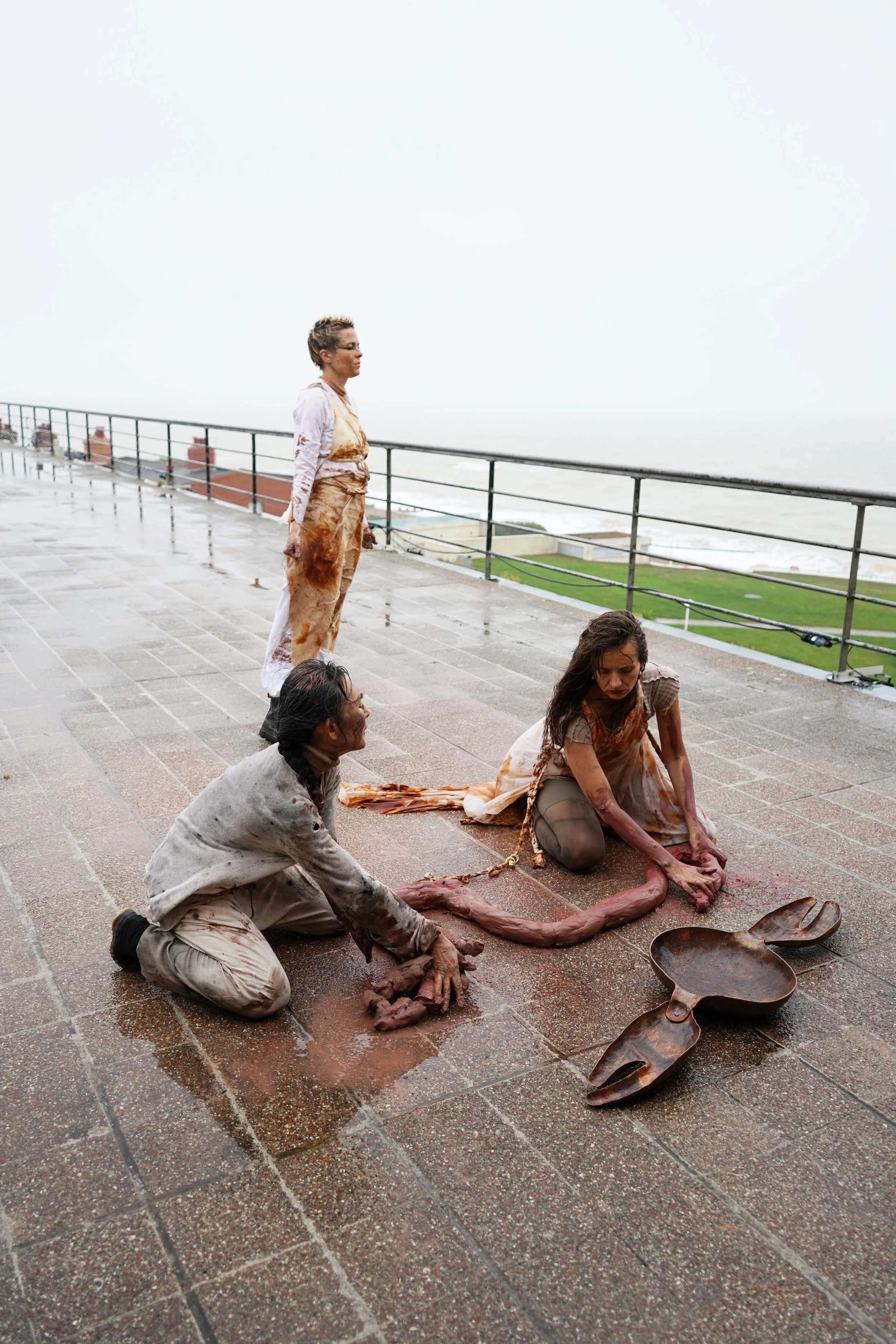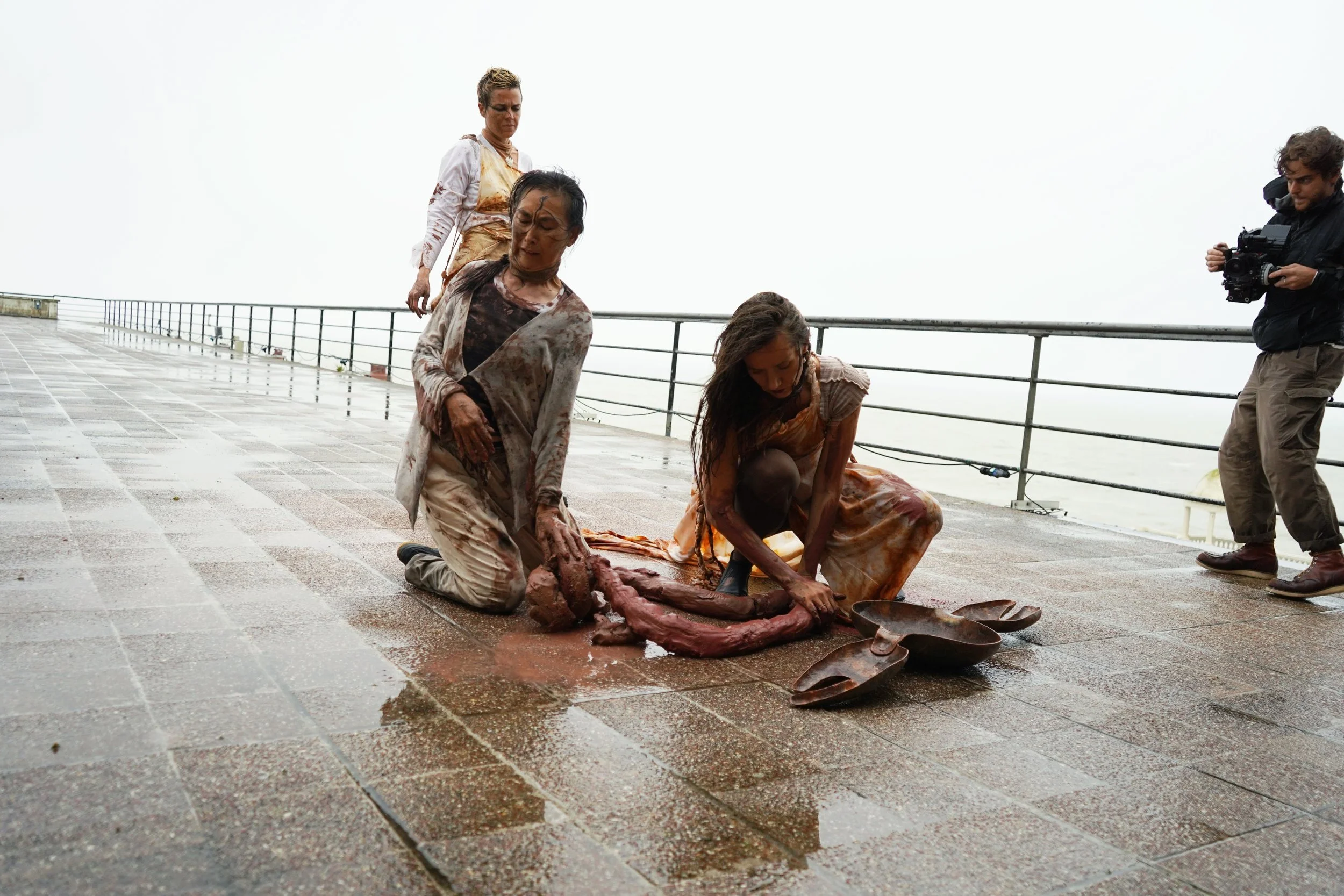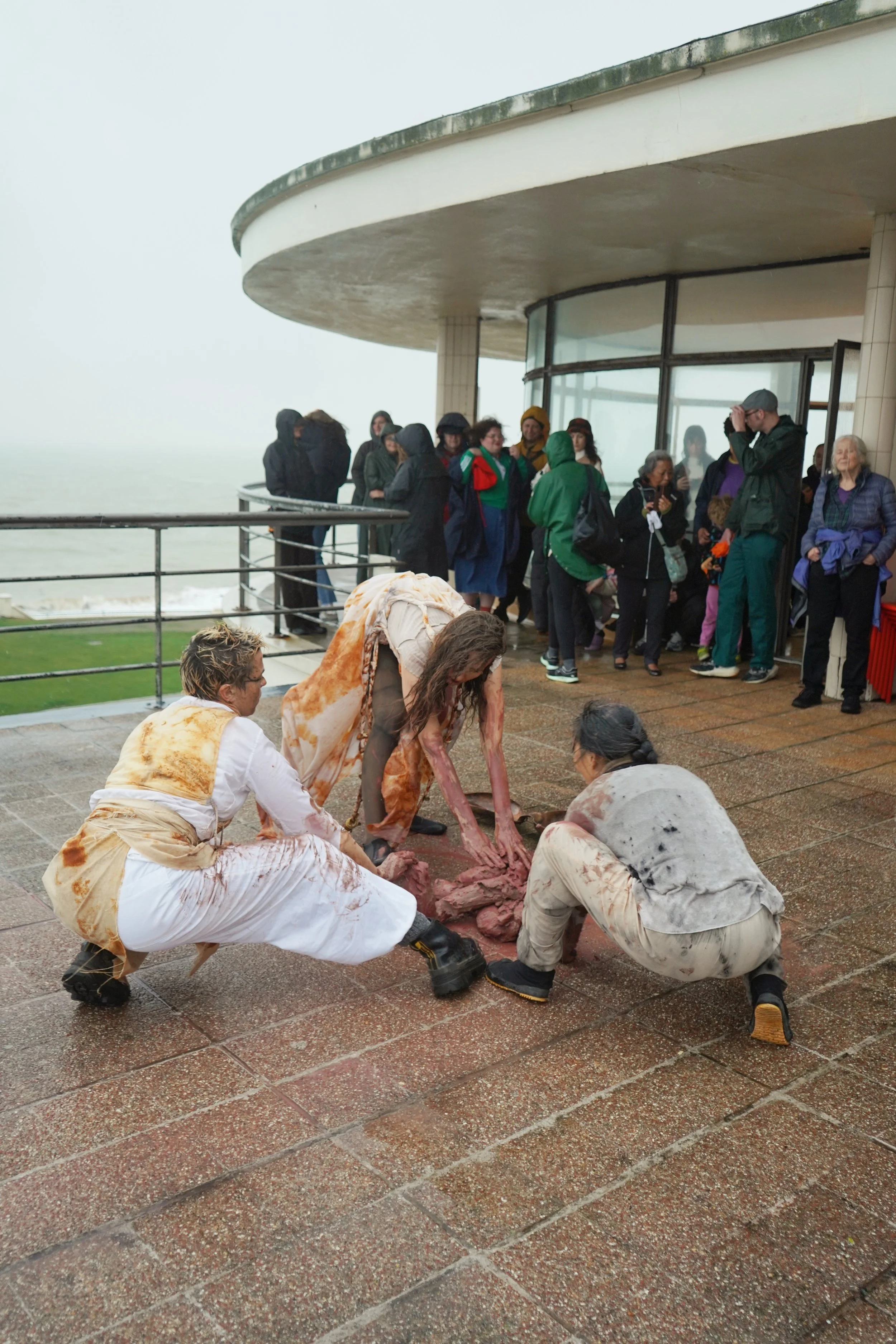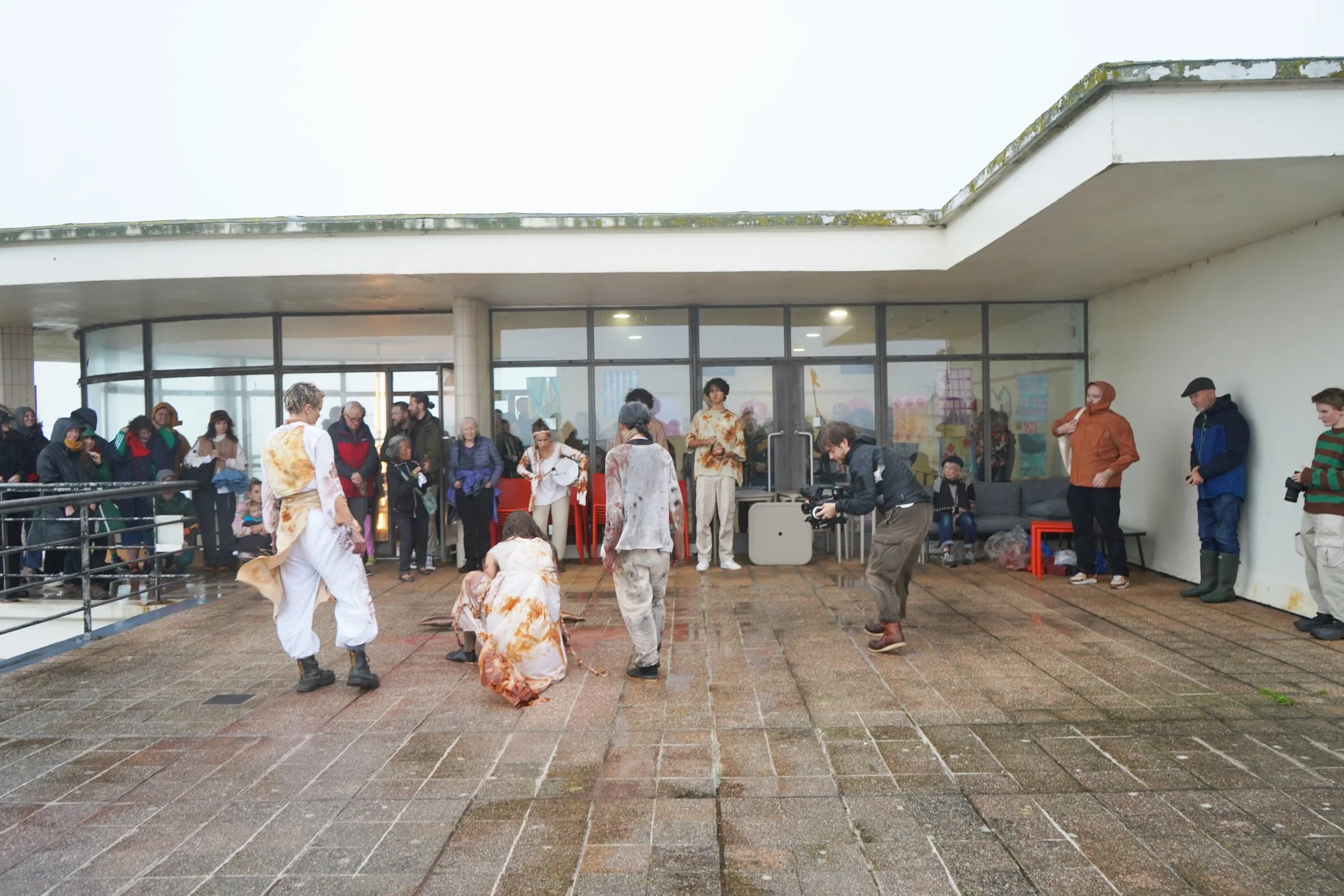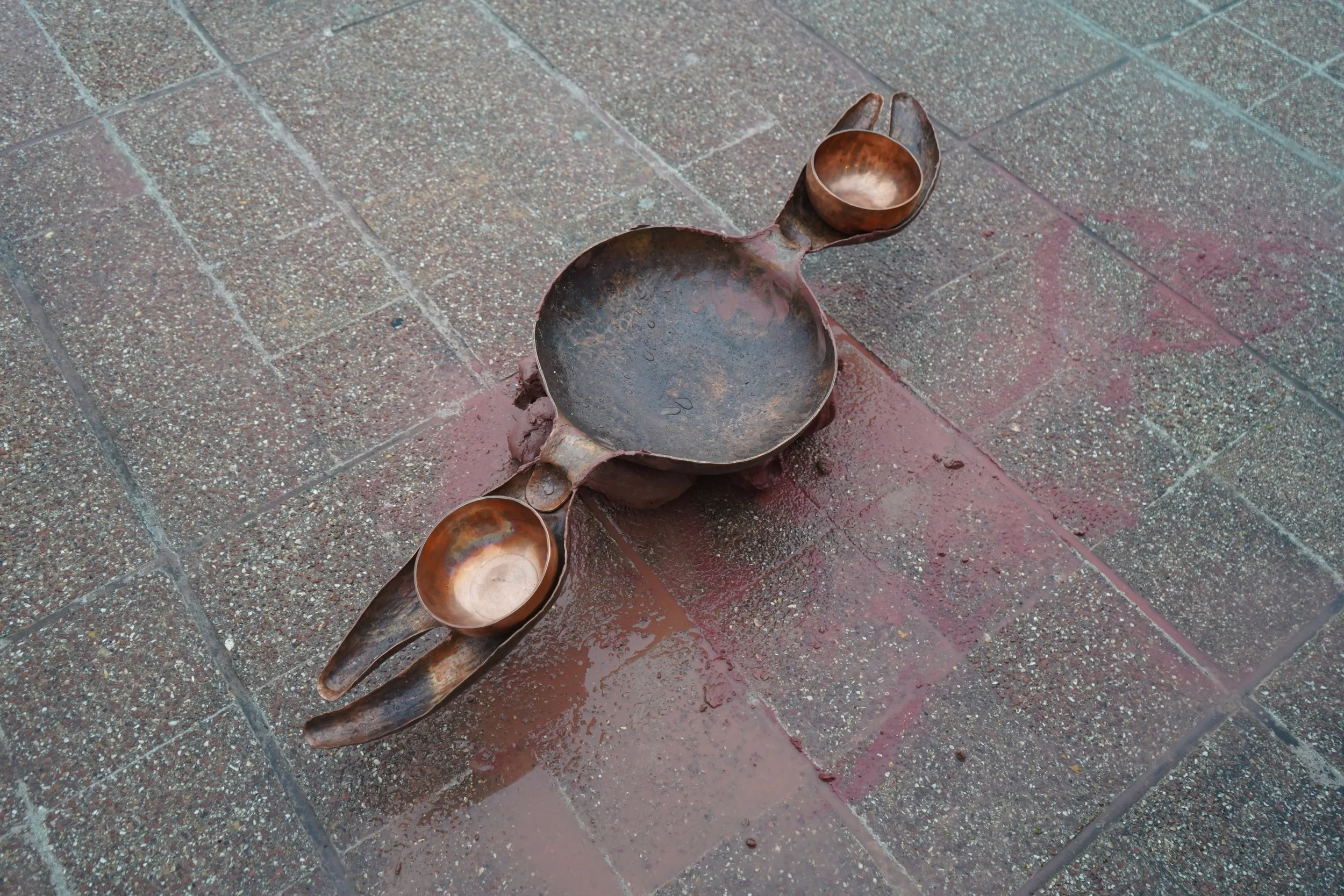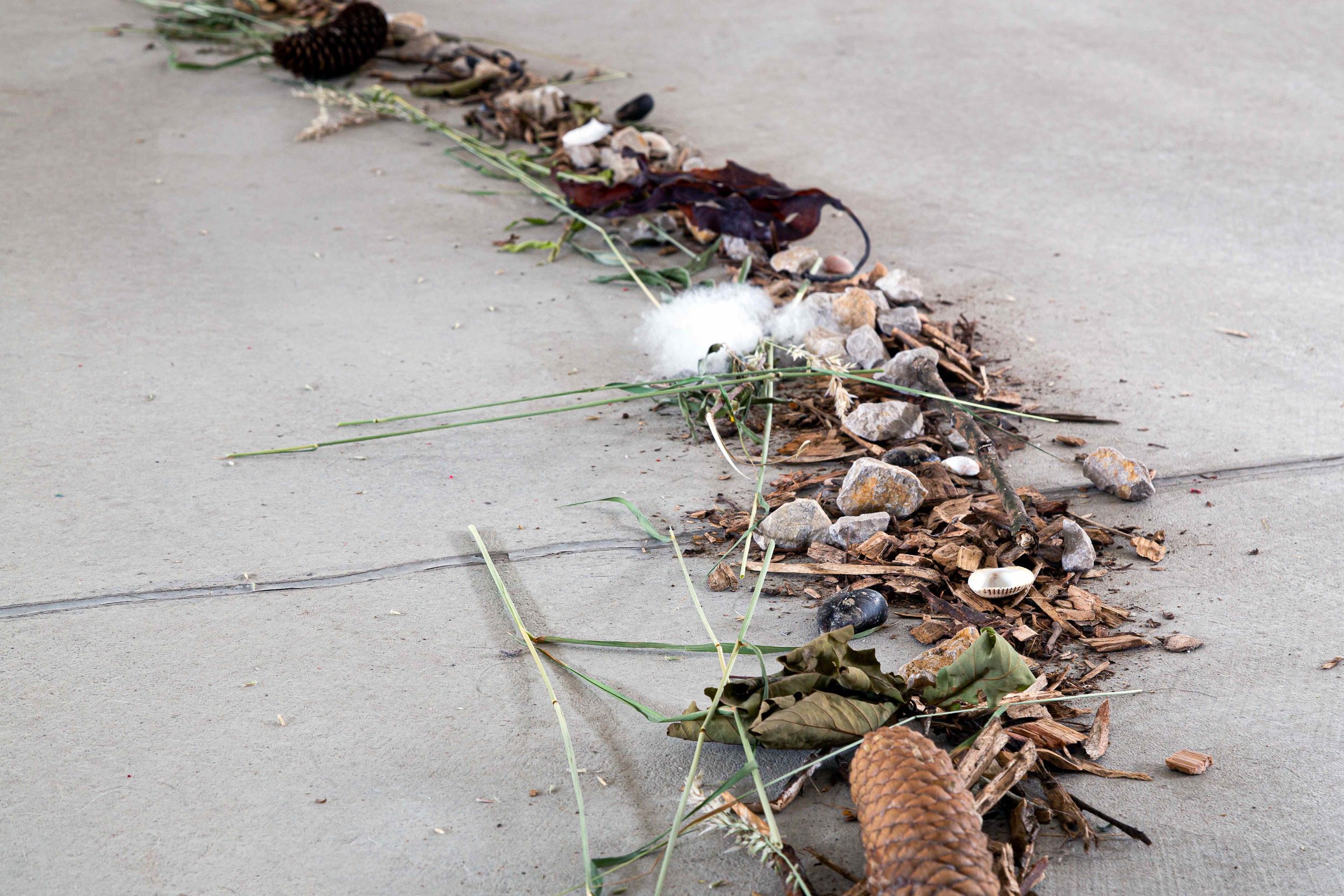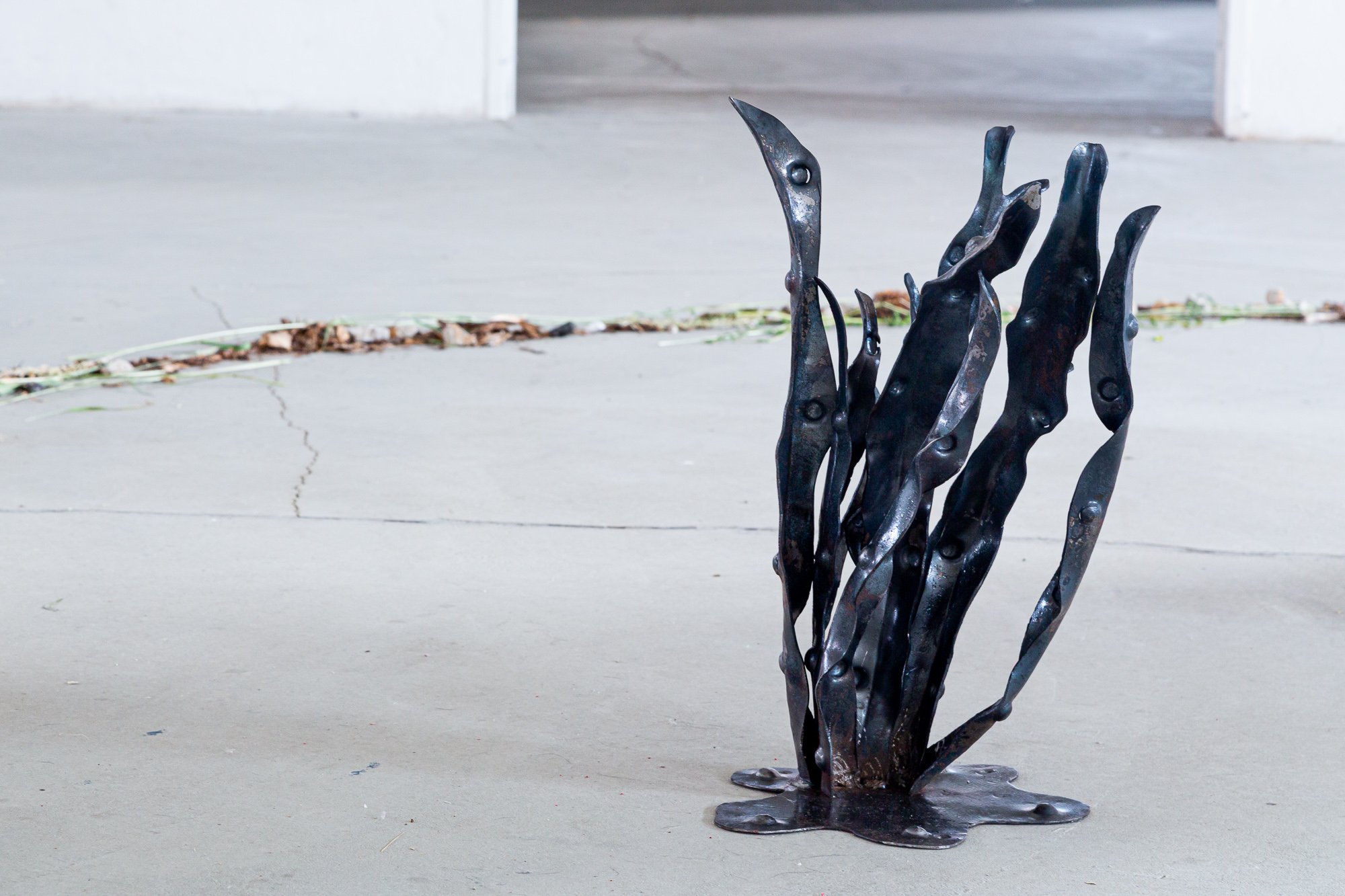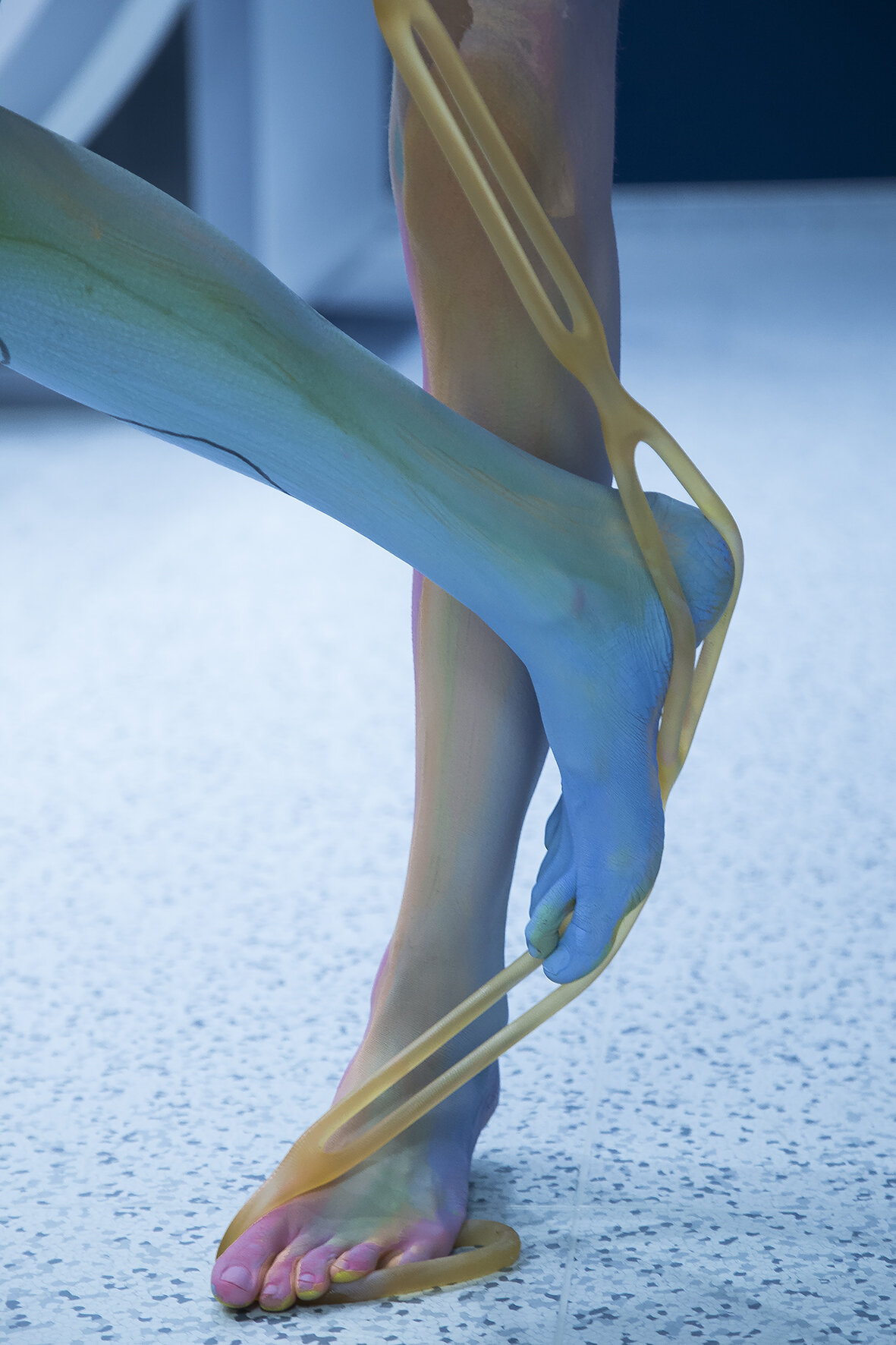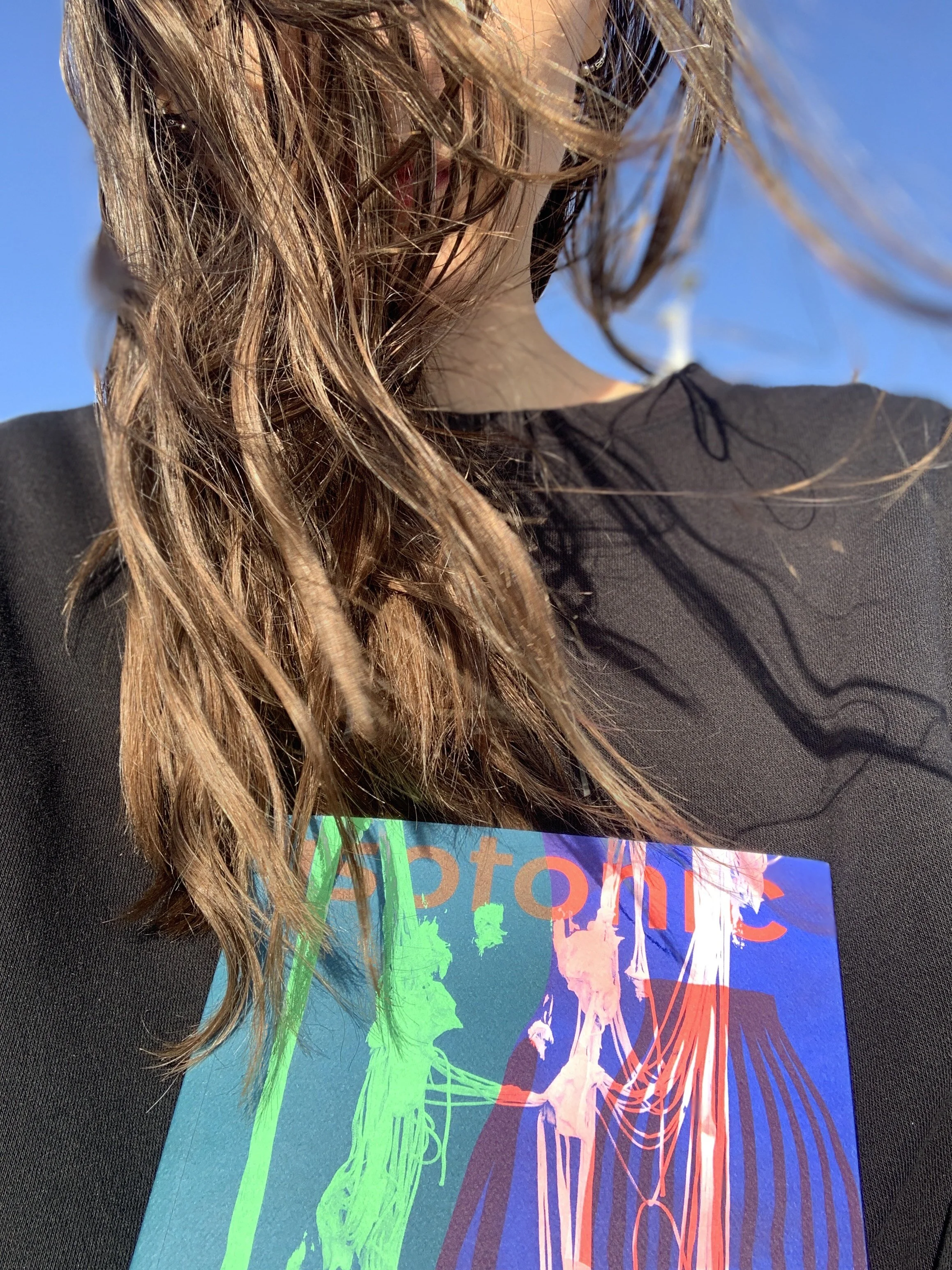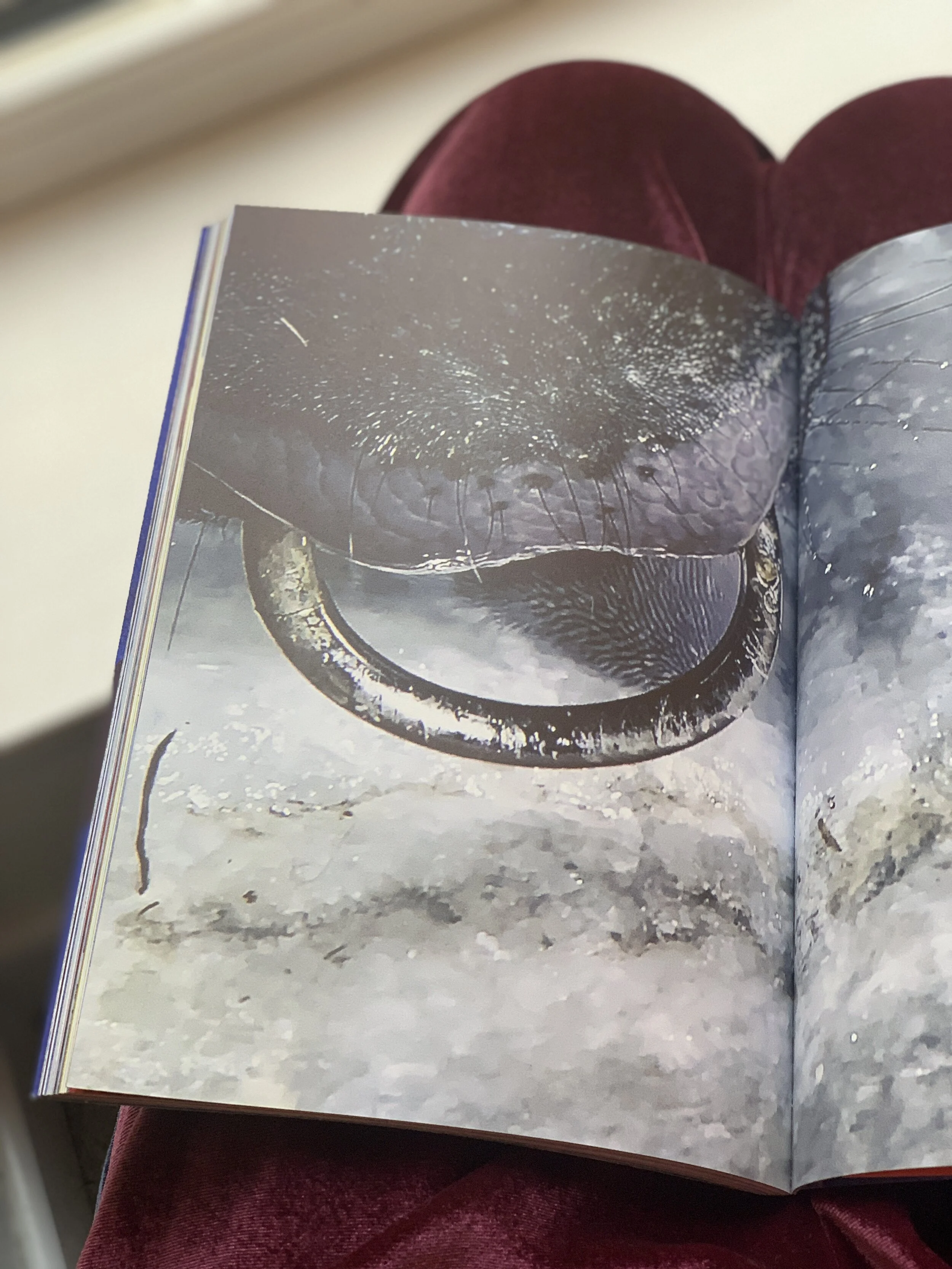2023
HD video with sound
2 min 50 sec, single channel
Credits:
Film by Miroslava Vecerova
Camera: Hicham Gardaf
3D animation: Ondřej Rakusan
Colourist: Emma Johnson
Graphic design: Richard Bakes
Delving into an imagined encounter between the artist and a seal, Our View is Mineral meditates on the porous connections between human and non-human realms. Basking in tidal shifts, magnetic eyes and earthly materials, the film challenges separatist narratives between humanity and the natural world, cultivating instead an immense sense of intimacy.
Slipping into the role of the storyteller, Večeřová’s poem ignites Our View is Mineral. Functioning like opening credits, its stanzas lyrically pull in threads of deep time, referencing slow geological shifts. Firmly rooted within a plural perspective, ‘our view is mineral’, the poem signals an inextricable bond between aquatic and terrestrial beings. Water pulses through tides, minerals and mammals, and this film solidifies these fluid relationships.
An interspecies cacophony follows the silence of Večeřová’s poem. Bestial snarls, gargles and grunts mix with heavy human breathing, these guttural sounds intermingle and overlap, as if conversing in an unknown language. Physical echoes between the artist and the seal also emerge, as body language and gestures are mirrored between the two.
We encounter the artist draped across a chalk stone, donning a phosphorescent velvet garment. Her eyes are smeared with metallic powder, replicating the silver fibres enshrouding the seal’s 3D animated retina. Peering up at the artist amongst the waves, the seal’s eye rapidly opens and closes, revealing the artist’s figure in its vision. Večeřová’s eyes similarly flicker, locking in on the seal’s features. Caught in between the gaze of these two characters, the viewer is drawn into the magnetic dynamic unfolding within this inter-species meeting.
The film possesses a visceral tactile quality. The artist’s fingers are laced with cobalt metallic nails. The sound of these clutching onto the contours of rocks, ticks like a clock. They scratch and clasp at the velvet fabric, grasping for something or perhaps some being to hold onto. Following the locked gaze with the seal, these nails dig into a supple cuttlefish bone, leaving imprints in its flesh. The camera hovers over these markings in the bone, emerging like a transcript of the chance encounter.
Whilst developing this film Večeřová dipped in and out of pools of astronomy, science-fiction, eco-psychology, and anthropology, reading the work of writers such as Jo Marchant, Vilém Flusser, David Abram, Robin Wall Kimmerer, and Nastassja Martin. This fluid constellation of disciplines floods into the film, reflecting Večeřová’s hunger to develop alternative frameworks and expansive ways of thinking. Nastassja Martin’s In the Eye of the Wild (2019) served as a central anchor and catalyst for Večeřová, prompting the artist to embody understandings of the wild, using performance, memoir, and materiality to stretch the film’s character.
Playing with sound, somatics and language, the film concocts an incredibly tender meeting between the artist and this seal. Flipping the usual role of humanity as observers of nature, the seal equally surveys the peculiar traits of the human creature before them. Both parties leave with a part of the other intact, urging viewers to replicate this kinship within their own neighbouring species.
Fran Painter-Fleming


